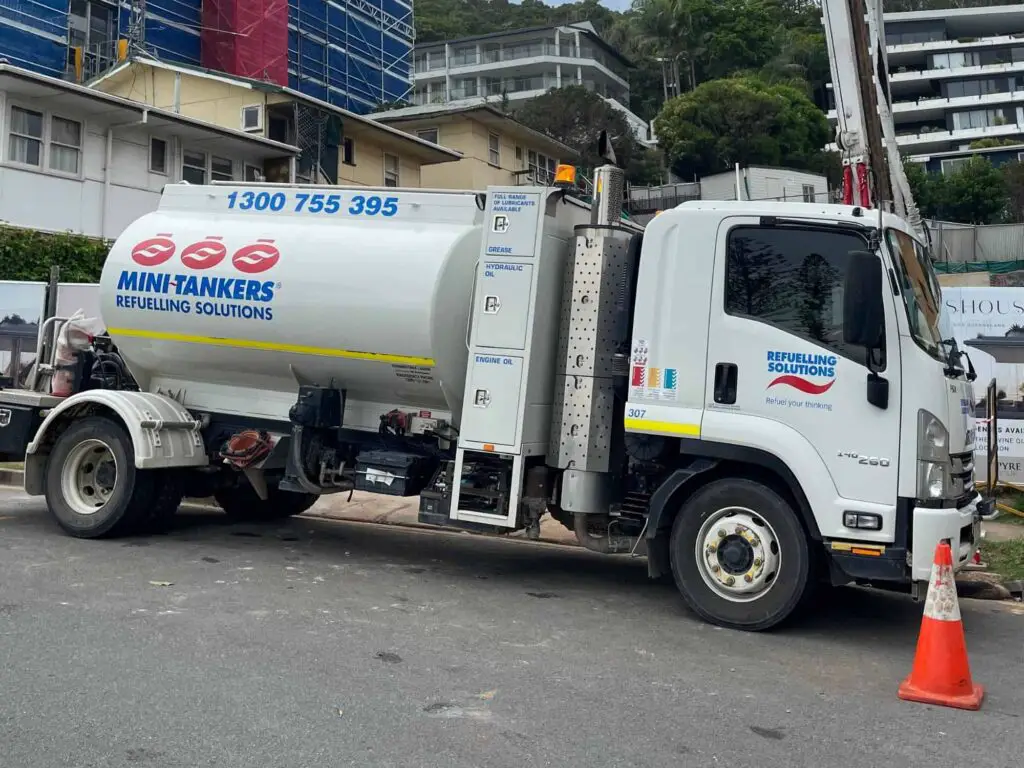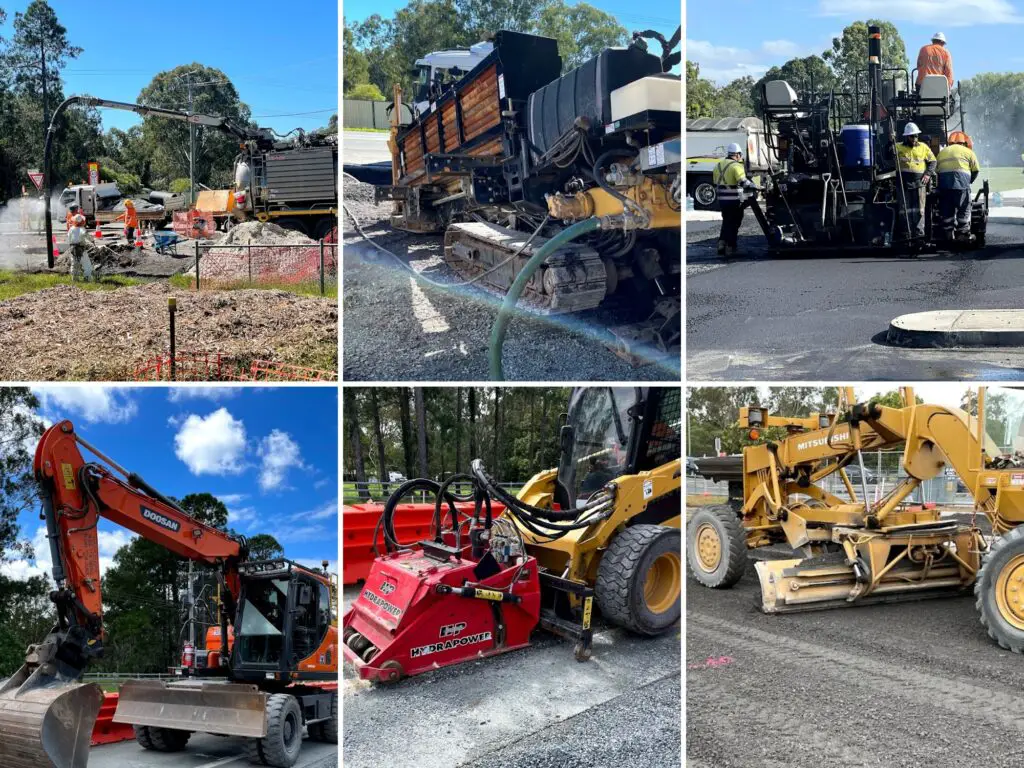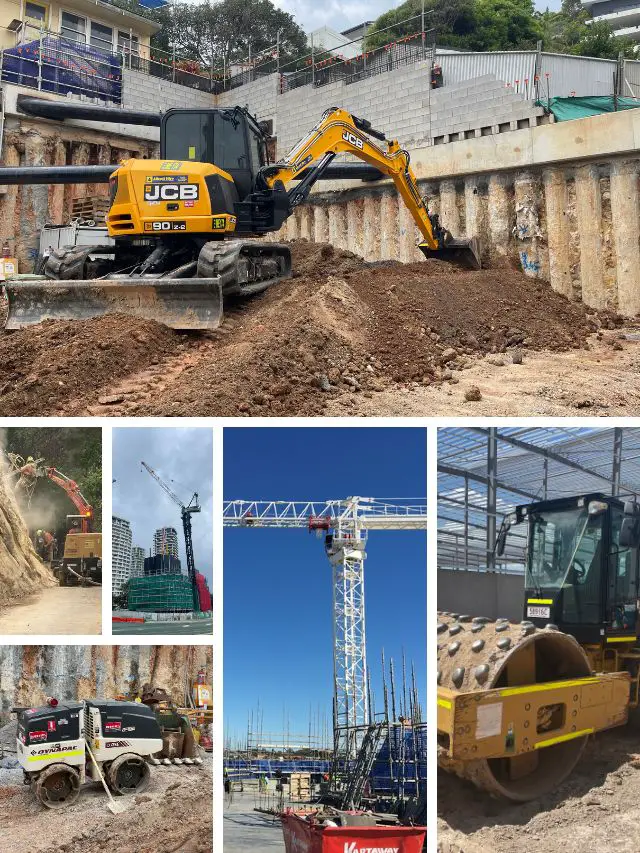On any construction site or infrastructure project, at any time, you will see more than one piece of heavy equipment working hard, making it possible to complete the project.
Below is a list of 26 heavy equipment that works on many construction projects. Most of the equipment comes in varying sizes, depending on the project requirements.
1. Excavator
Excavators are very versatile pieces of equipment on a construction site. Not only can they excavate material, but with different attachments, they can also lift heavy objects, do demolition work, clean up a site and drill rock anchors.
They come in a variety of sizes depending on the site requirements and budget.
Excavators are made of four main components:
- A cabin where the operator sits (this is fully rotatable through 360 degrees).
- Wheels or tracks for it to maneuver around.
- An arm.
- A bucket or another attachment at the end of the arm.
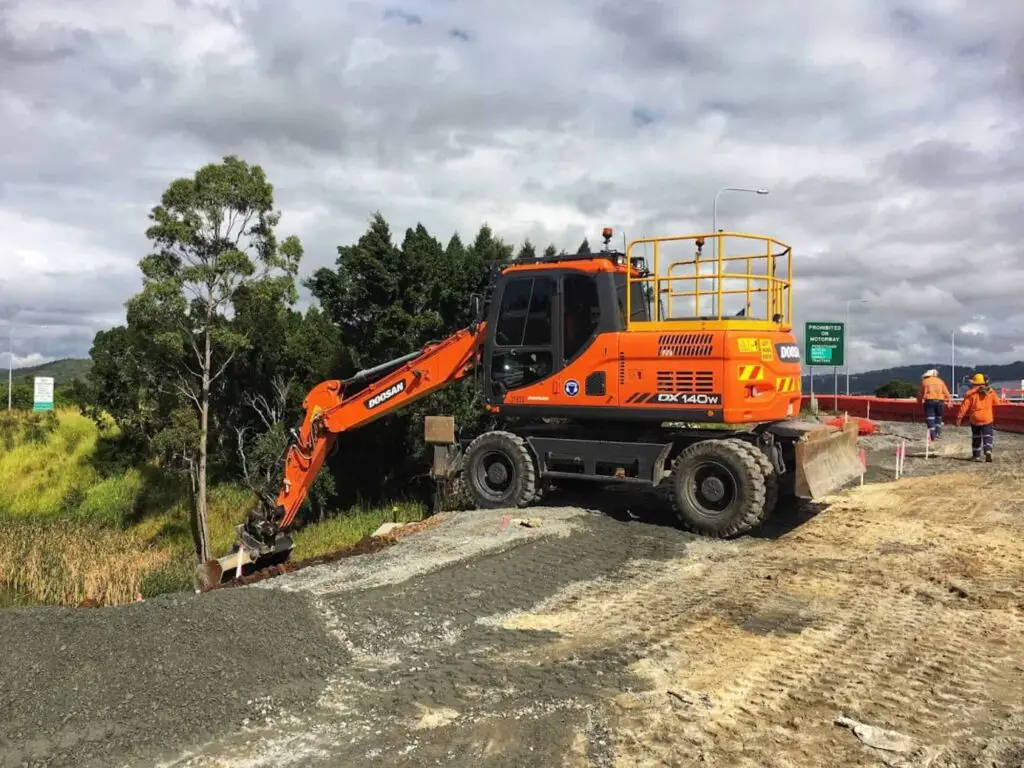
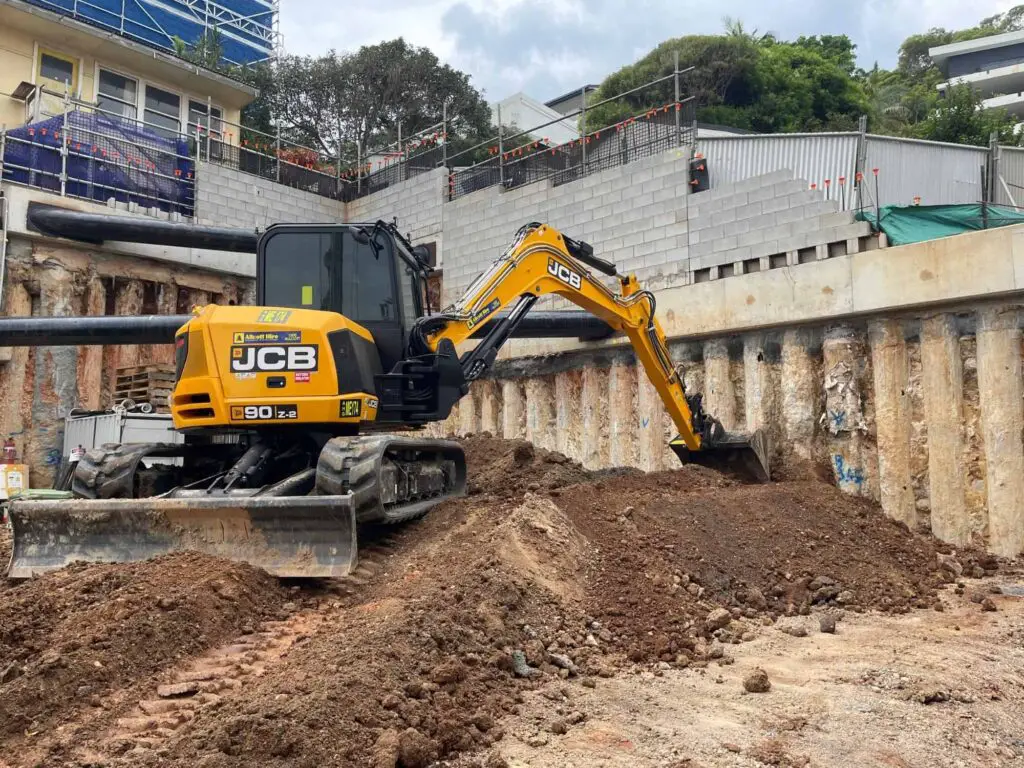
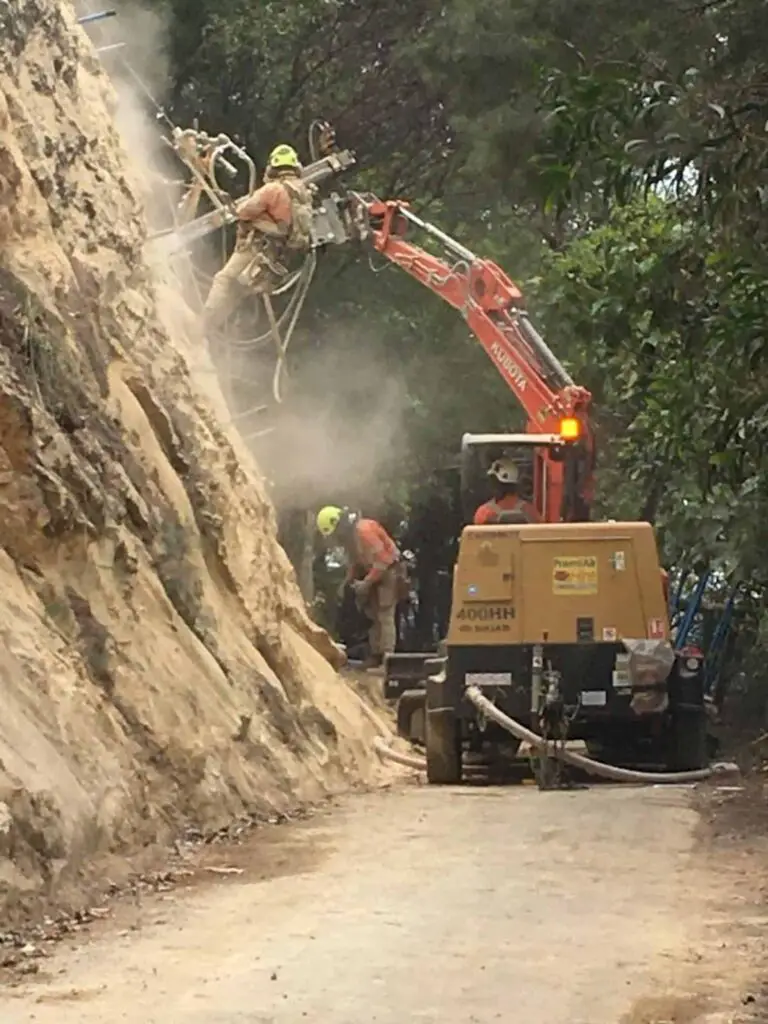
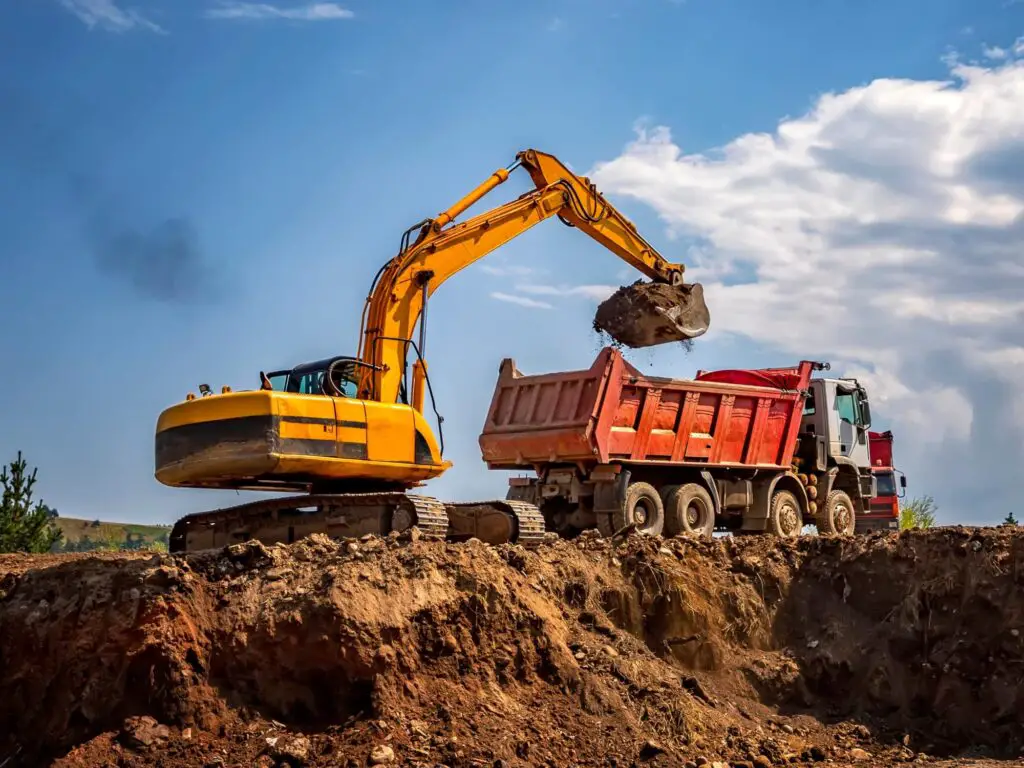
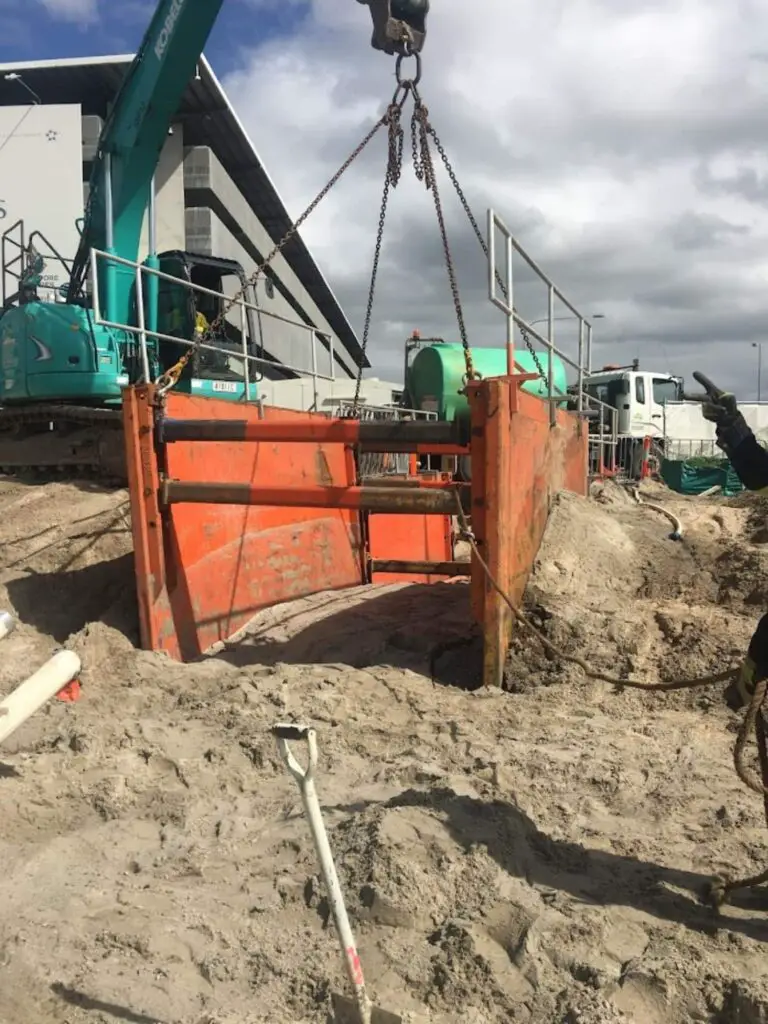
2. Backhoe Loader
Backhoe loaders are a single piece of machinery that can function as either:
- A loader with the bucket at the front.
- An excavator with its backhoe at the rear.
- A tractor.
The types of jobs that a backhoe loader can do include:
- Trench excavation.
- Hauling earthwork material around site.
- Carrying equipment around in its bucket.
- Civil construction.
It is such a versatile piece of equipment that many farmers have one to complete their jobs.
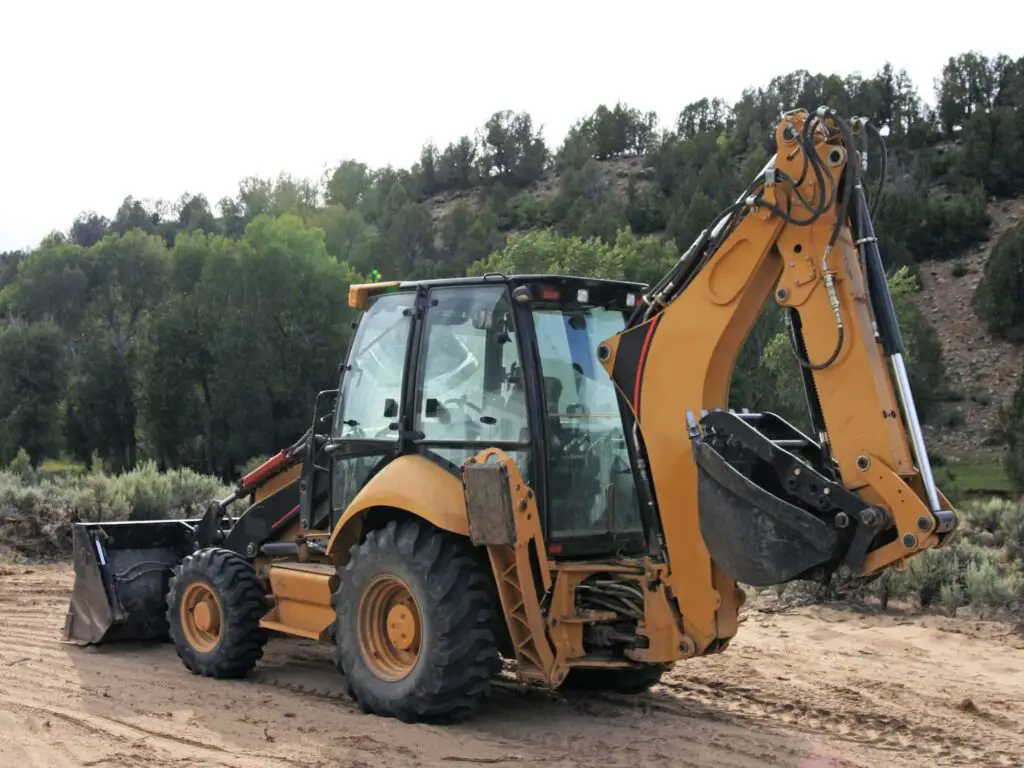
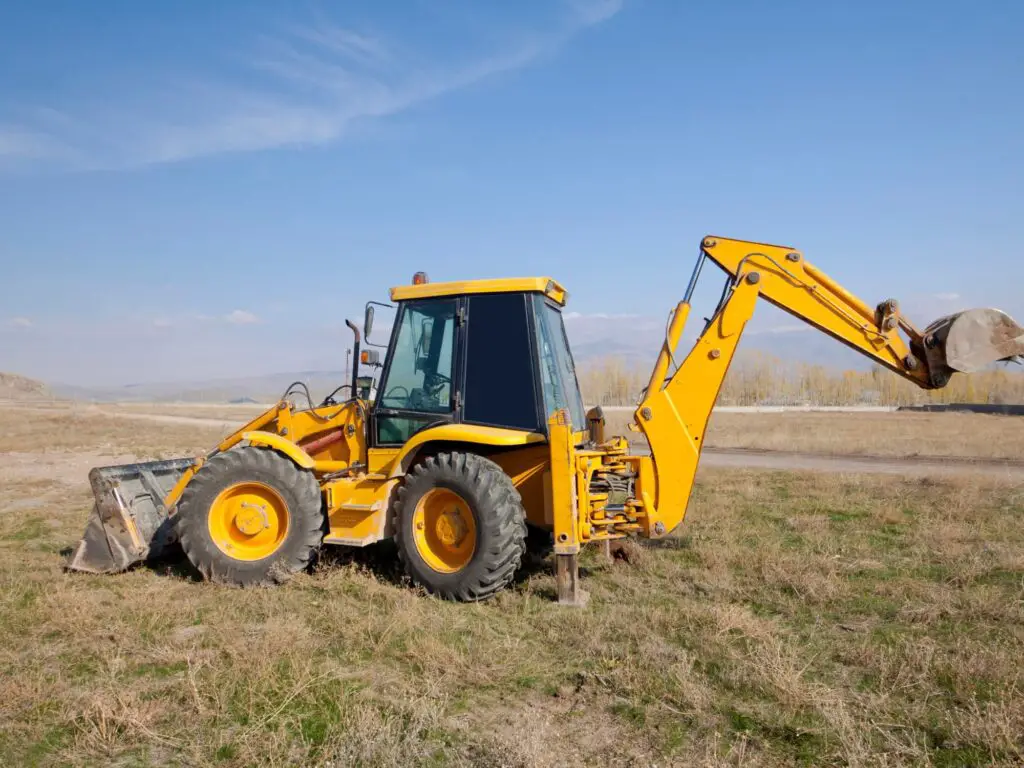
3. Crane
Cranes do all the heavy lifting that makes todays modern projects possible. There are many different types of cranes, but they can be split into two main categories; static cranes and mobile cranes.
Static cranes are stationary cranes that can not move anywhere.
Mobile cranes are cranes that are on wheels or tracks and are able to move around site into position to lift heavy loads. Both types of cranes have different applications and have their advantages and disadvantages.
Cranes are used in various industries and applications, which all involve the lifting and positioning of heaving objects. Industries that include:
- Construction,
- Manufacturing, and
- Shipping.
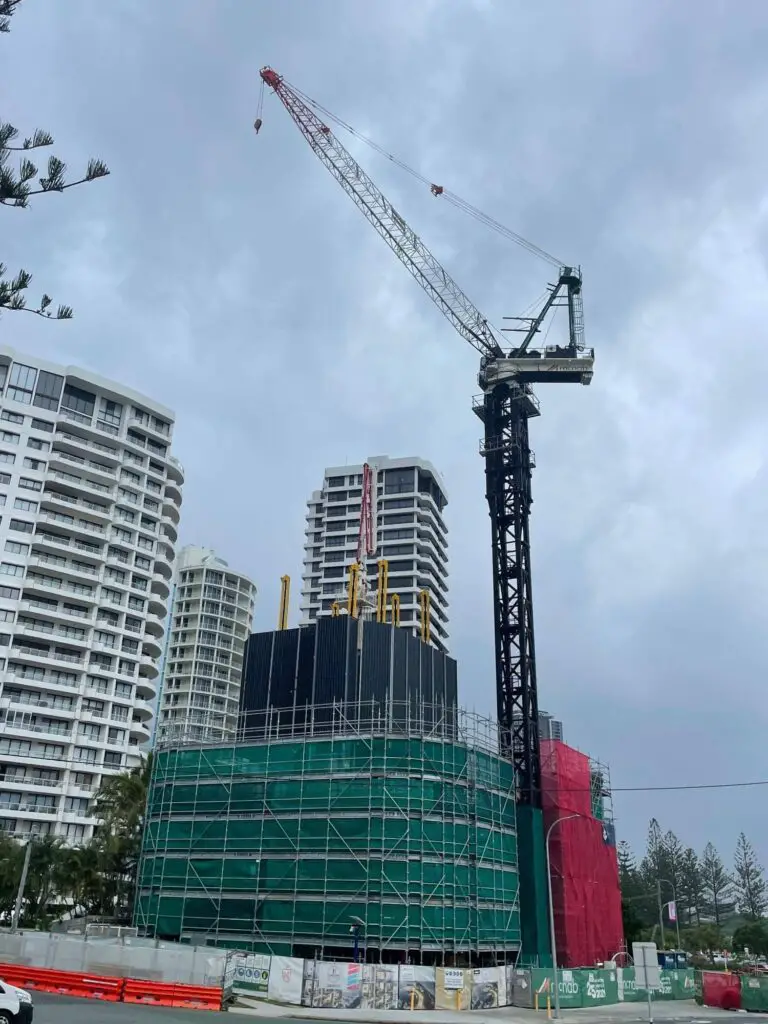
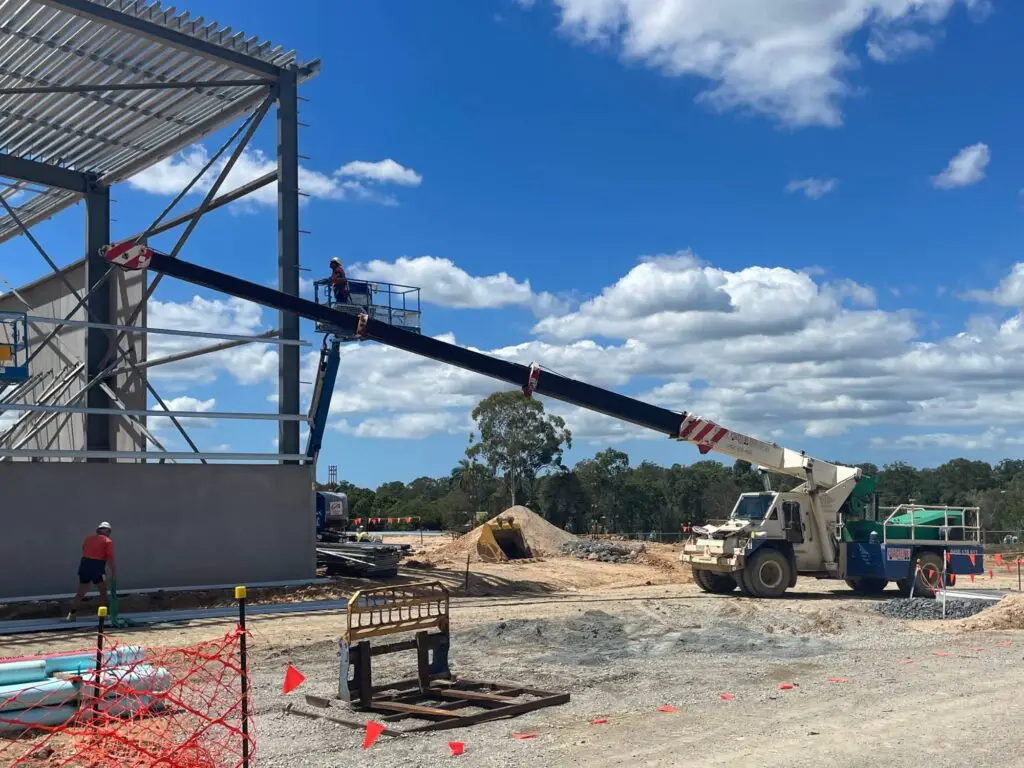
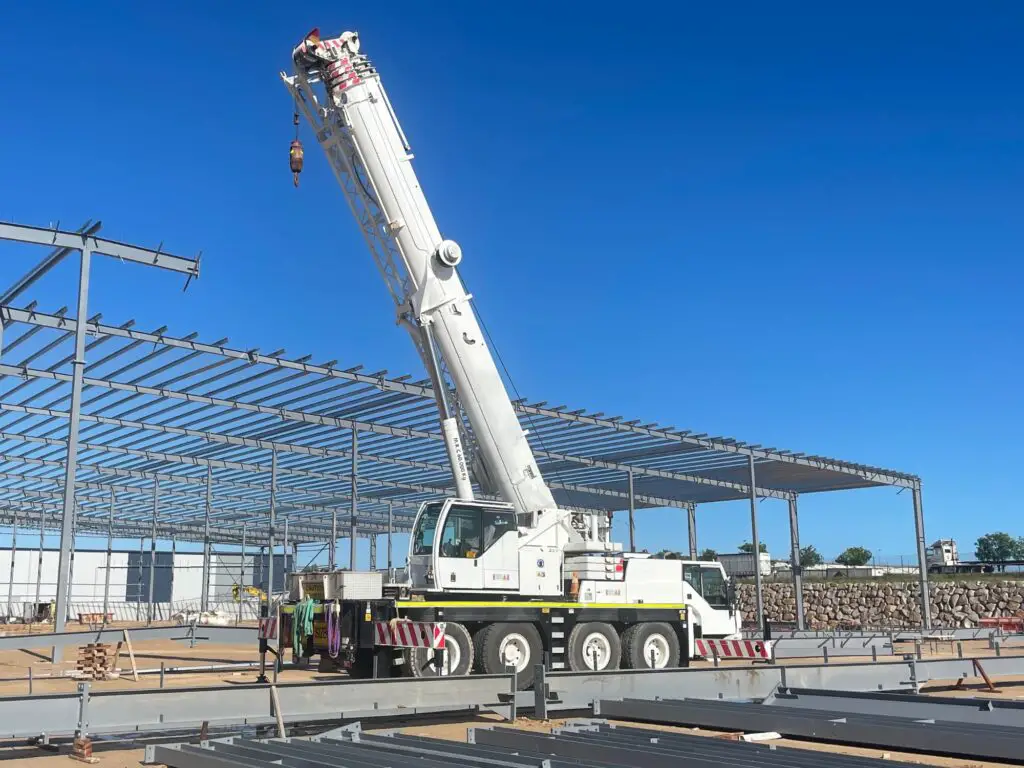
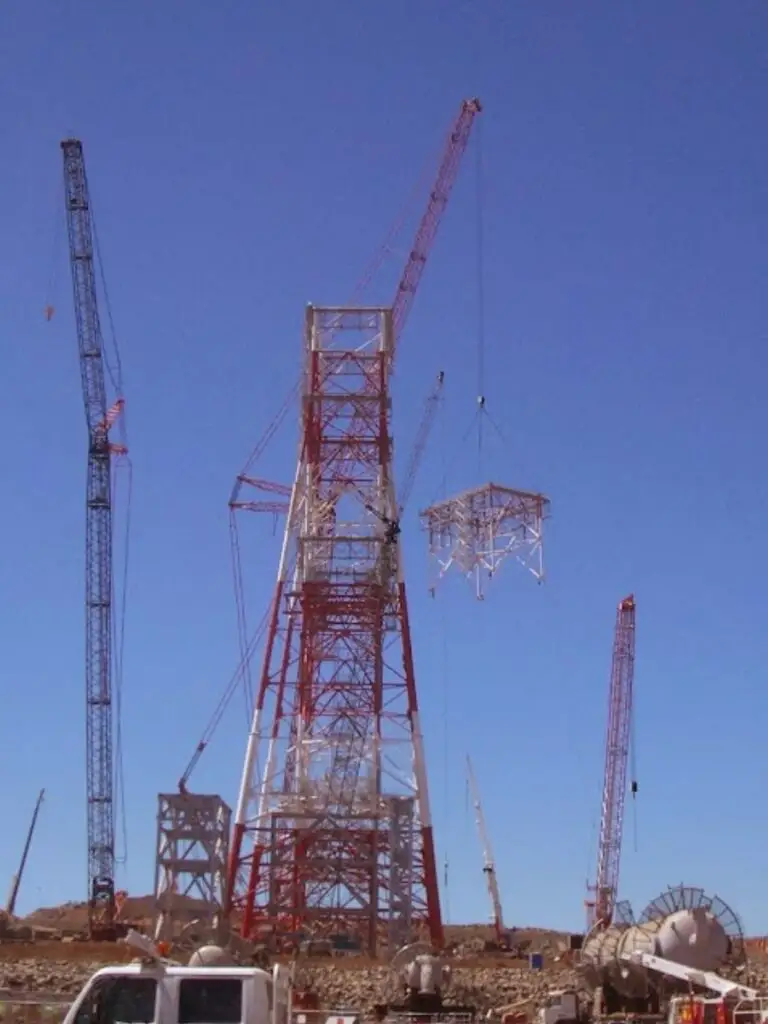
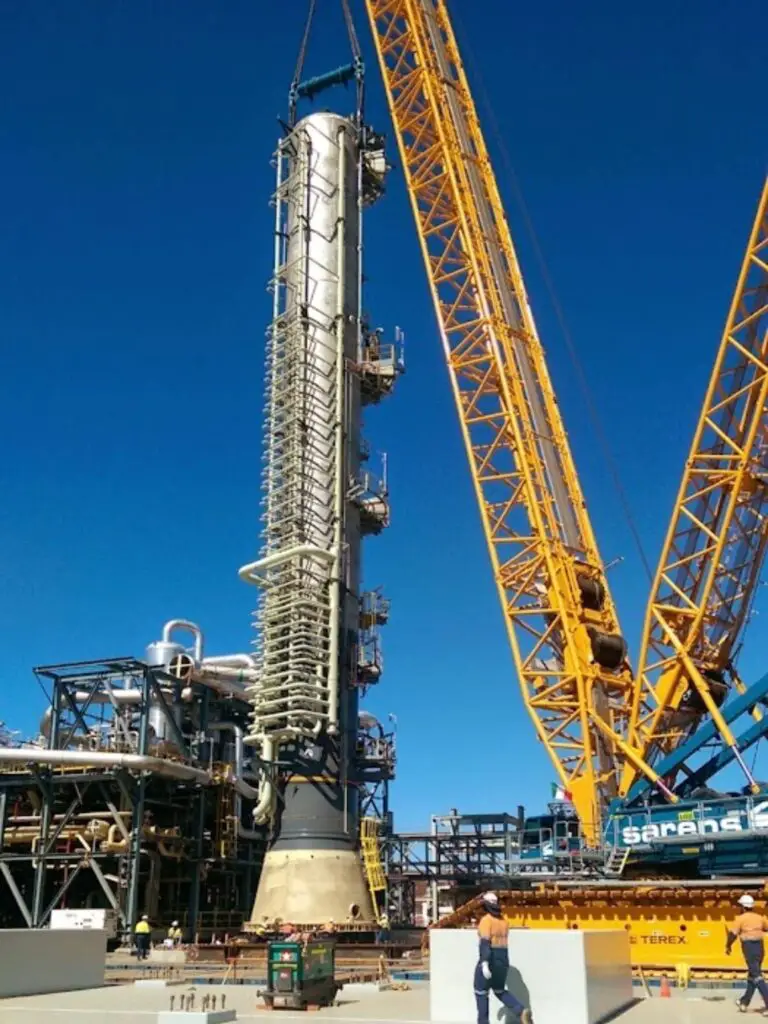
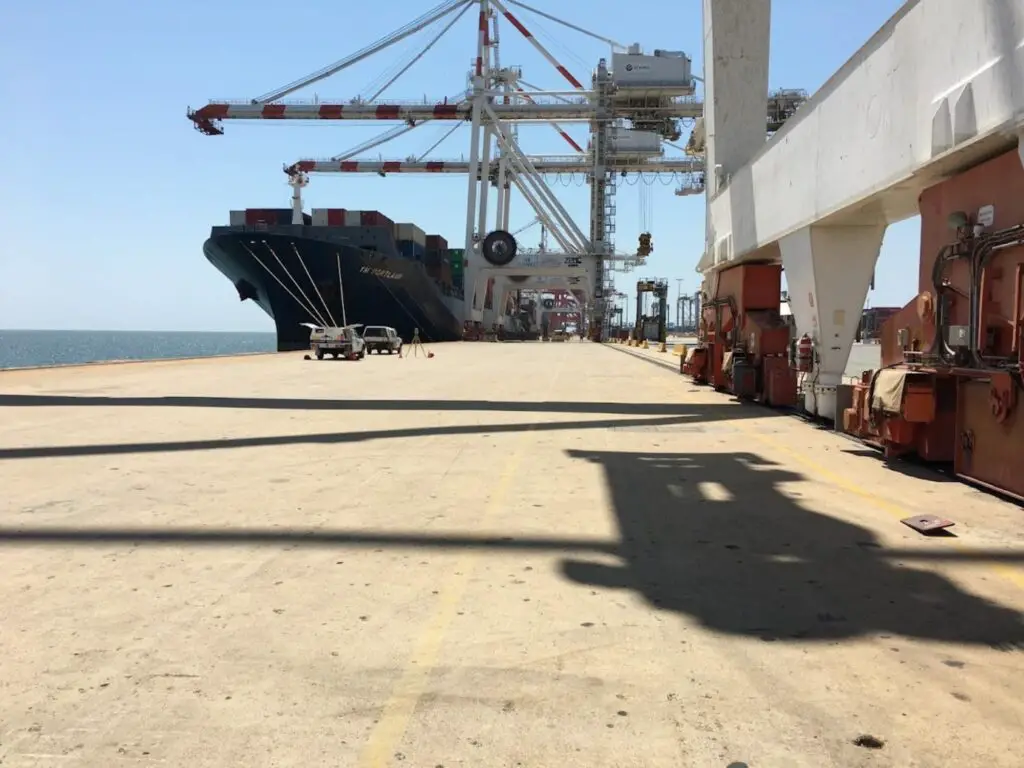
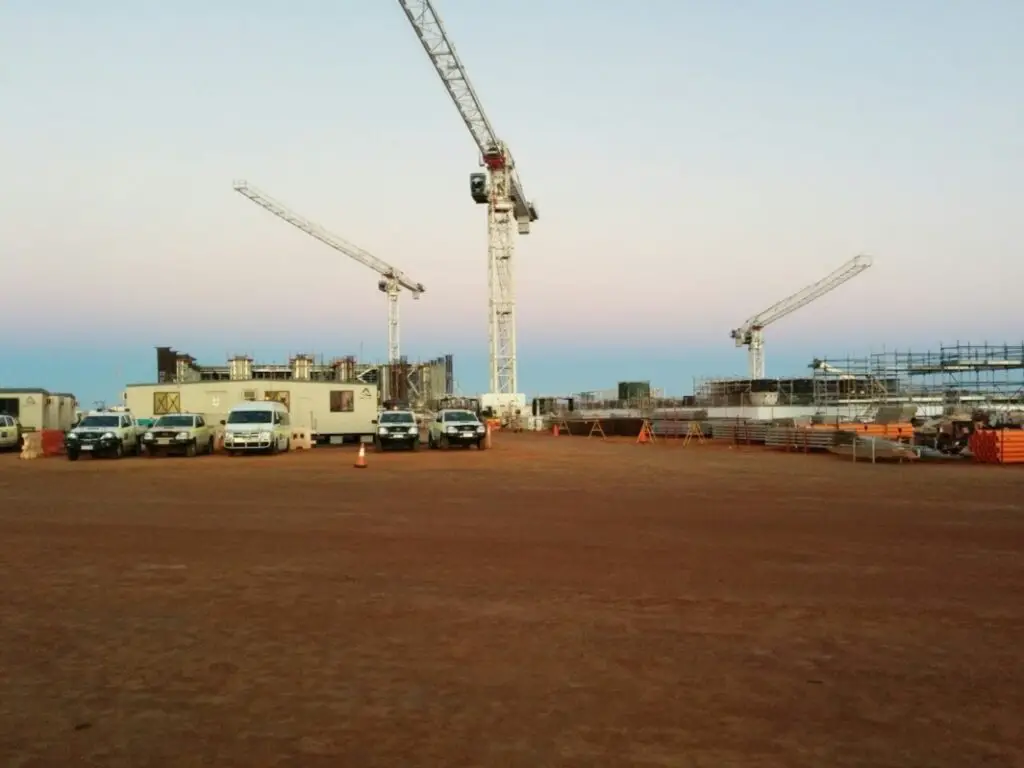
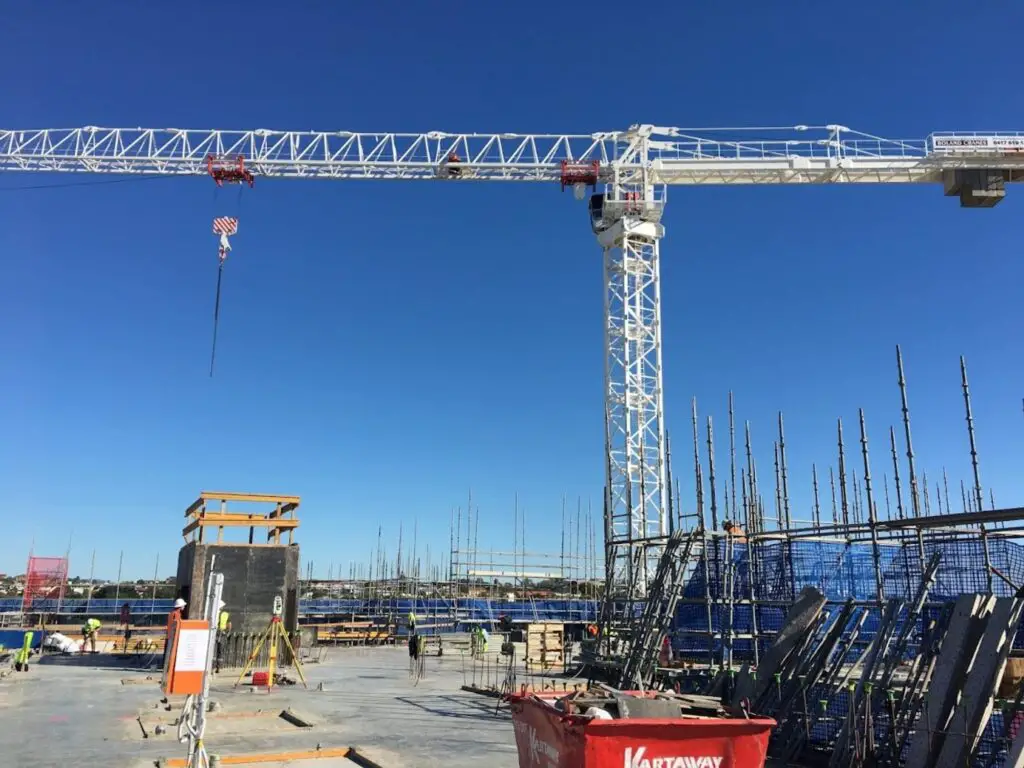
4. Bulldozer
Bulldozers are common on bulk earthwork sites like mines, quarries, and large greenfield construction sites. Bulldozers have a wide metal blade (plate) at the front which has pointed edges, and a ripper at the back which has large sharp teeth.
The metal blade at the front of a bulldozer is used to excavate layers of topsoil or overburden from a site, or it can be used to push excavated material around on site.
The ripper at the back is used to break up the land to help with the excavation of material from an area.
Depending on the application and the site conditions, excavators can have either tracks, pneumatic wheels, or metal compacting wheels.
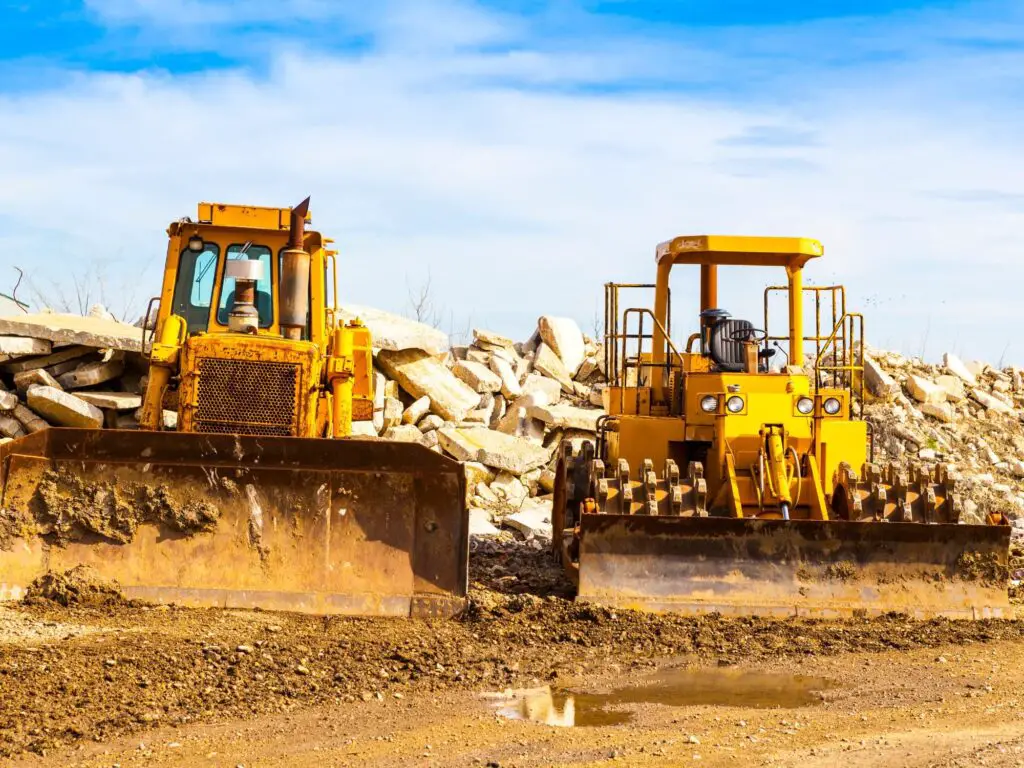
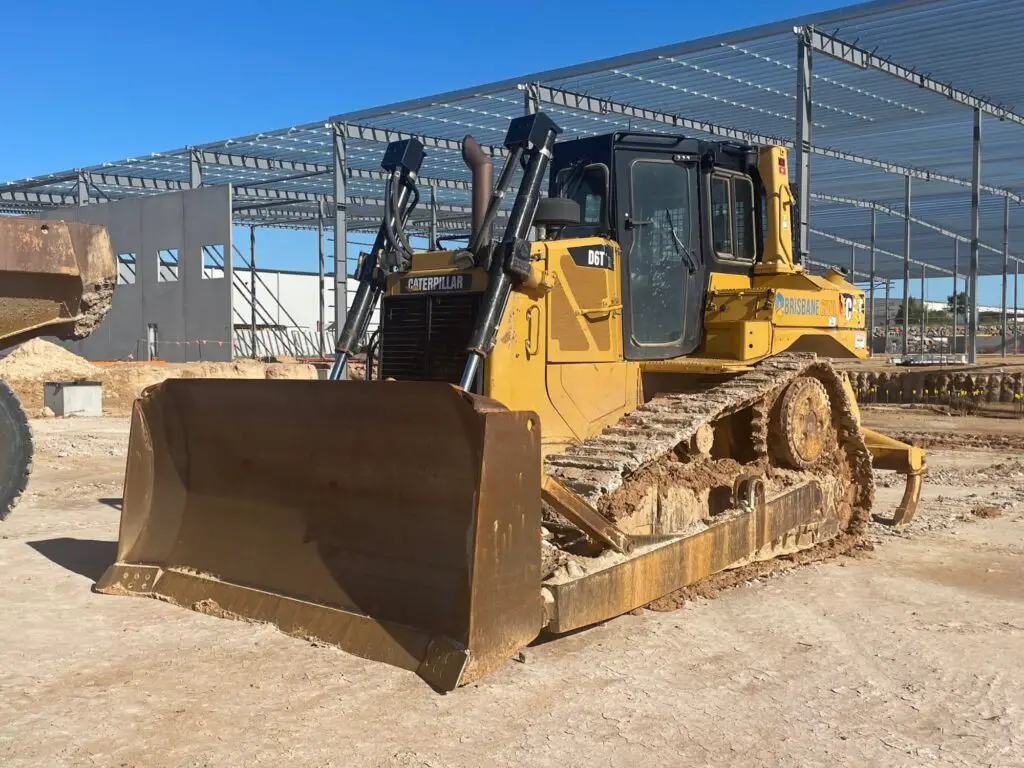
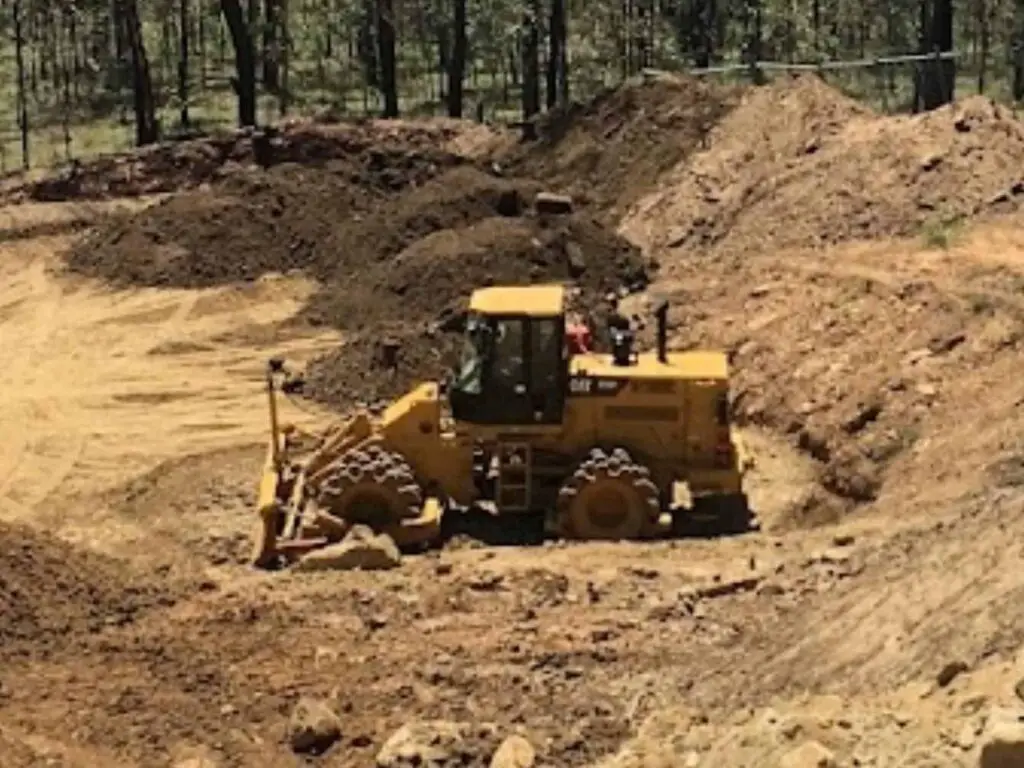
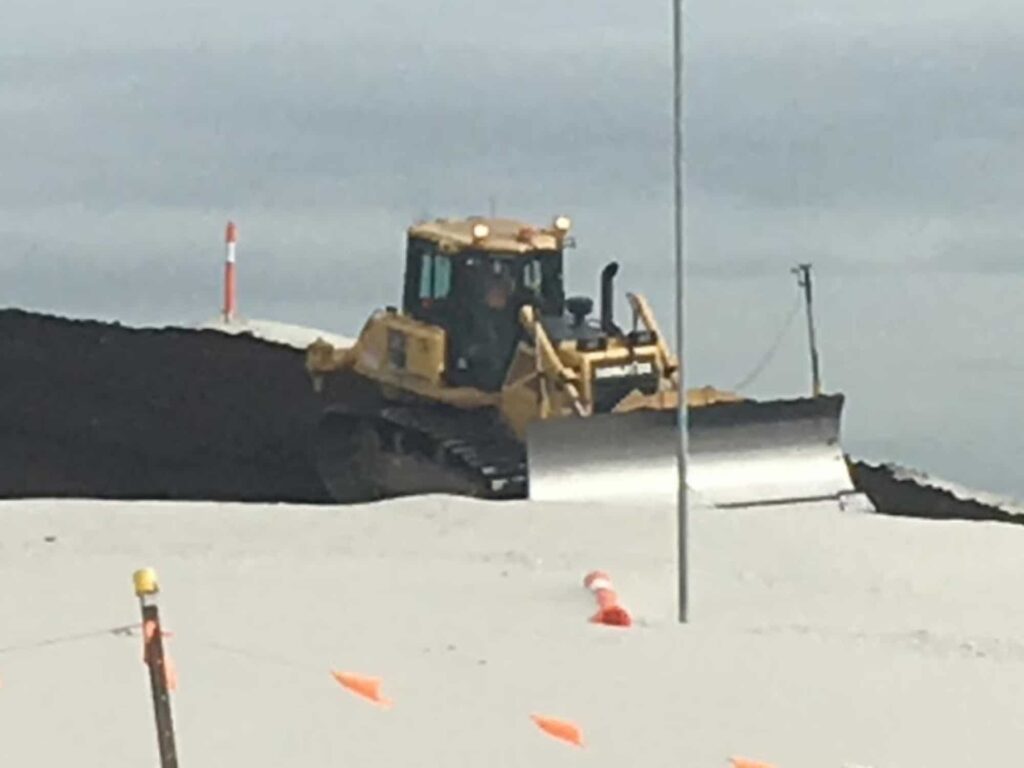
5. Grader
Garders are heavy equipment machines used for road construction and dirt track maintenance. The blade on graders can be adjusted to different heights and slopes to perfectly shape roads to design.
Graders are mostly used on road construction projects, but can also be found on farms and mine sites and used to smooth out dirt and gravel tracks that may have been affected by erosion.
Most graders have rippers at the rear as well, just like bulldozers. The rippers are used to loosen any topsoil or overburden that needs to be cleared from an area.
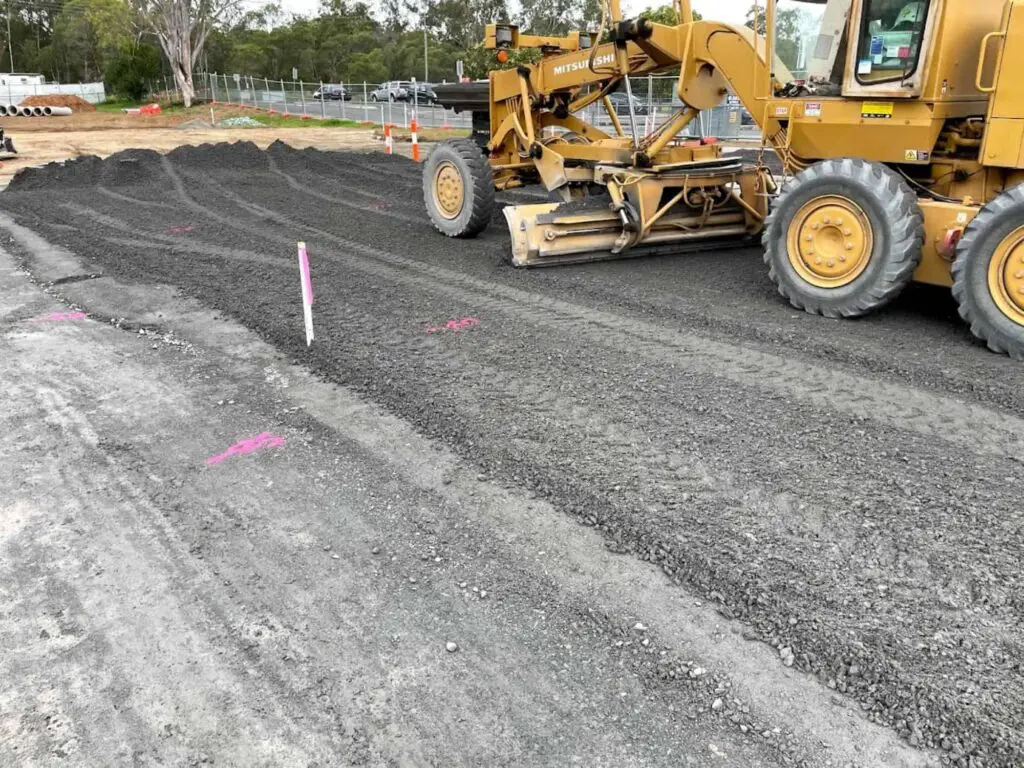
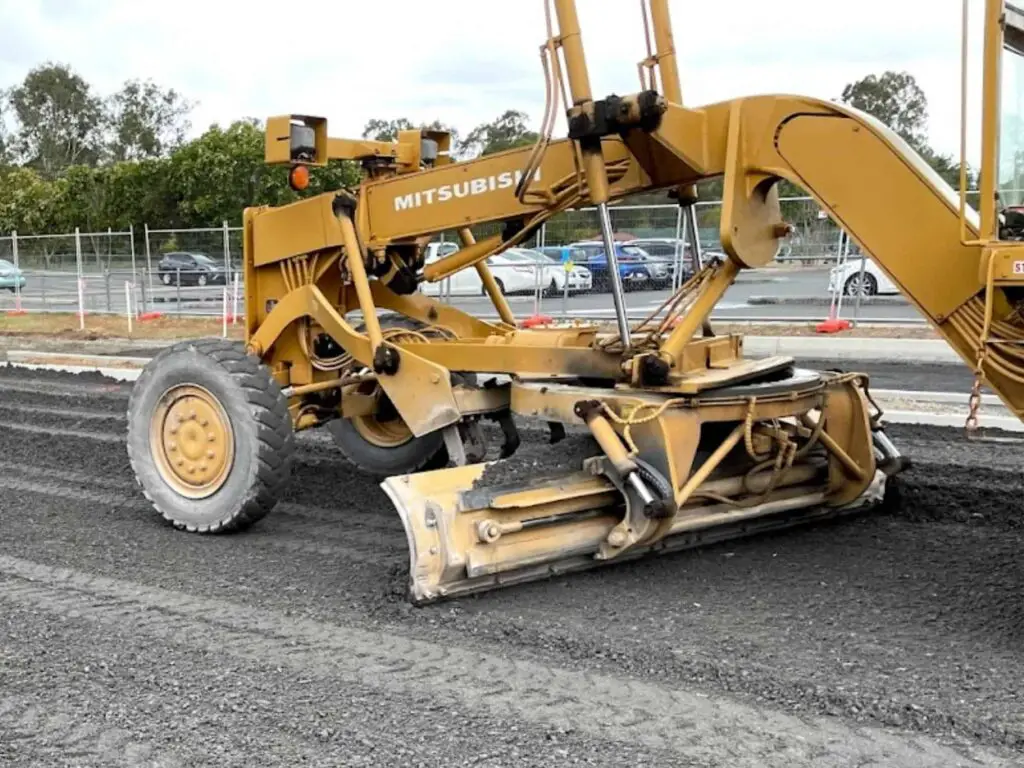
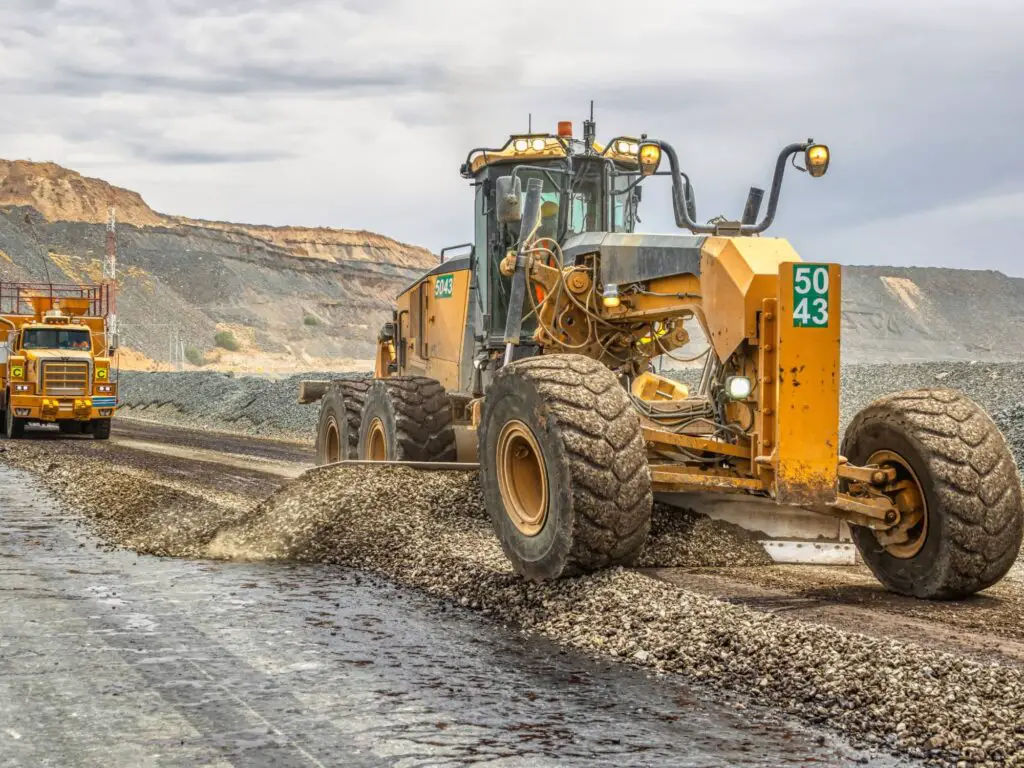
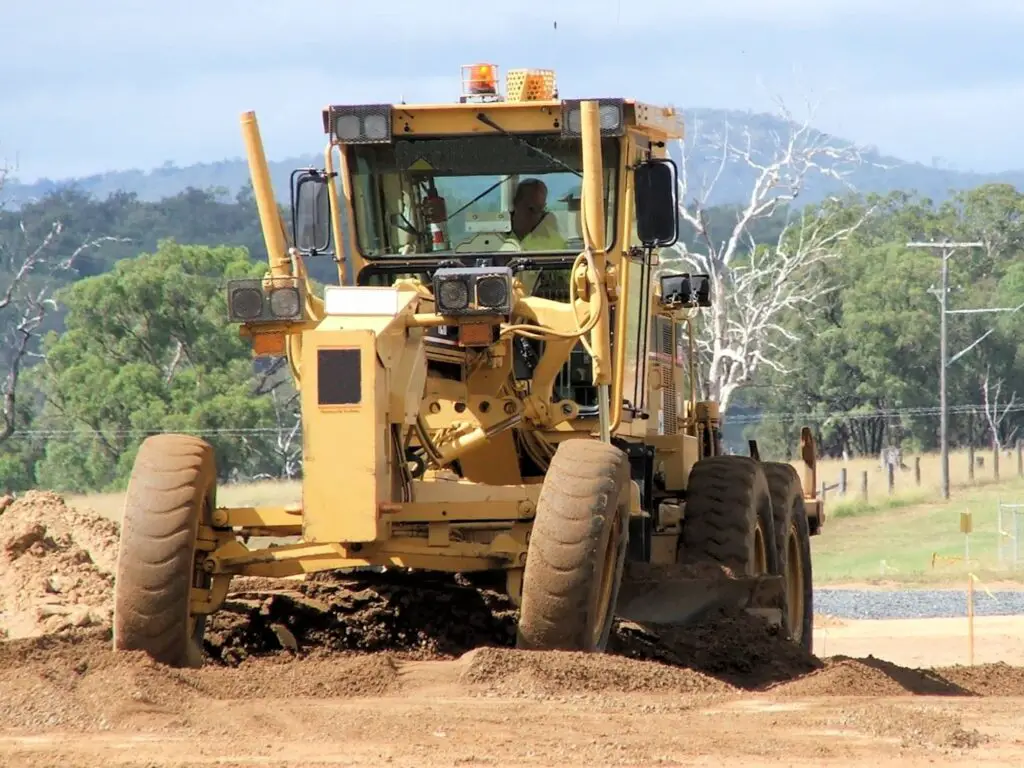
6. Hydro Excavator
Hydro excavators use high-pressure water and a powerful vacuum to excavate material from a site.
Hydro excavators are used in place of conventional excavators when there are existing underground services in an area. By using the non-destructive excavation method of using water and a vacuum, there is no chance that a serious accident could happen such as an excavator bucket potentially breaking a gas line or a high-voltage electrical cable.
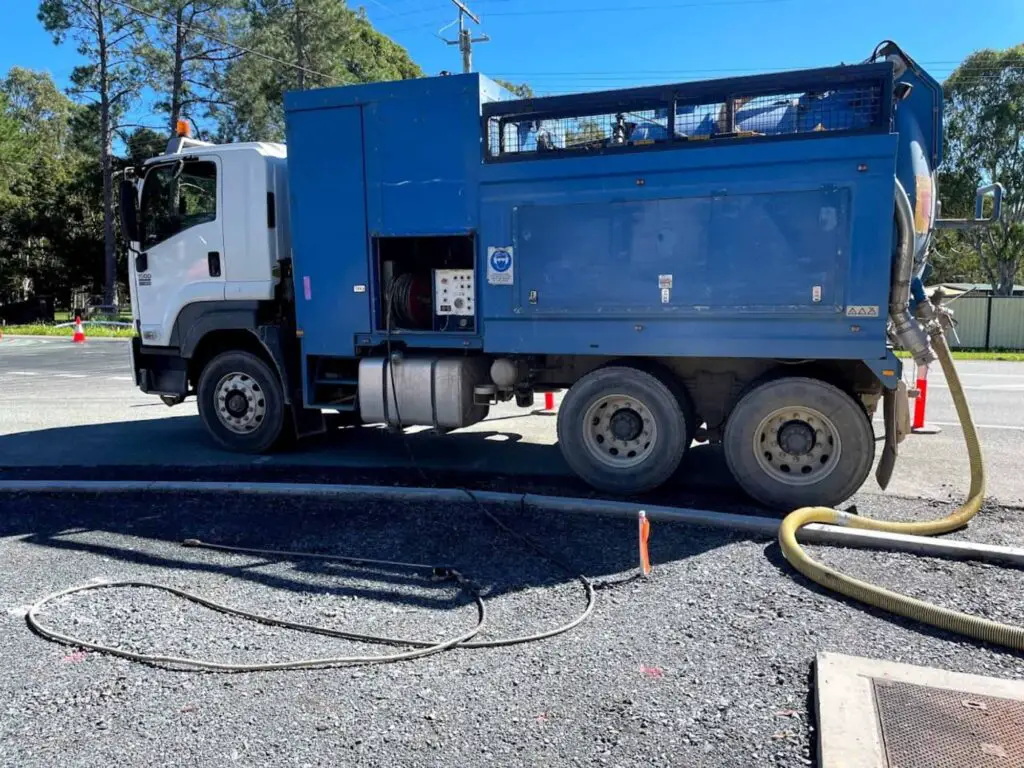
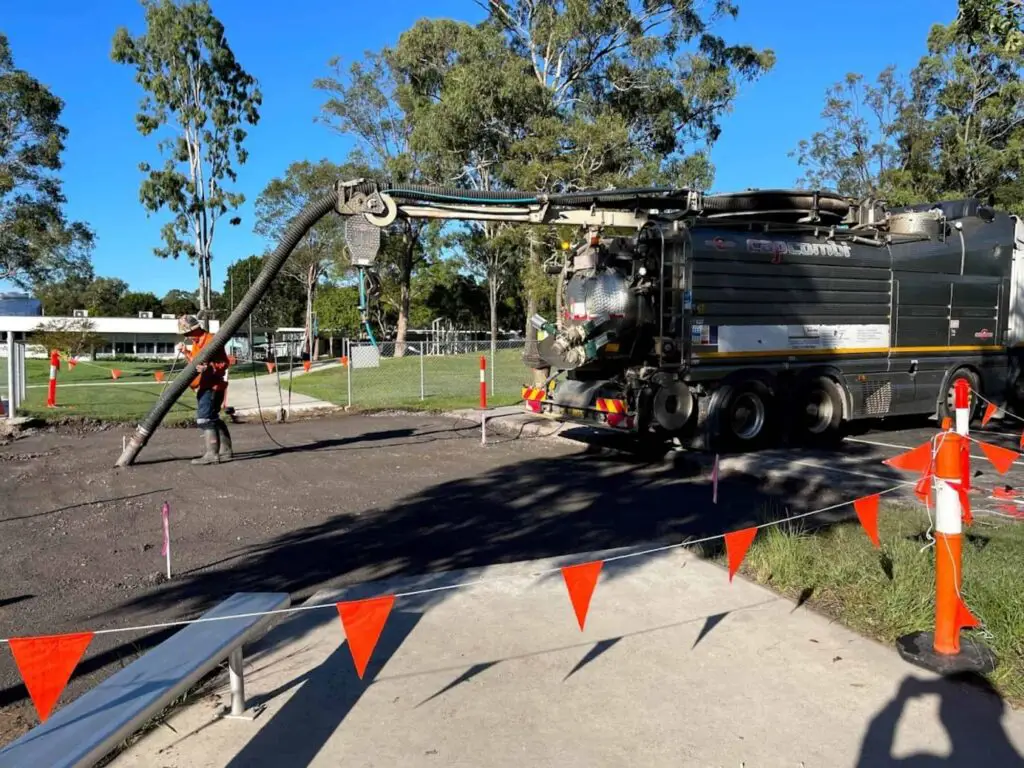
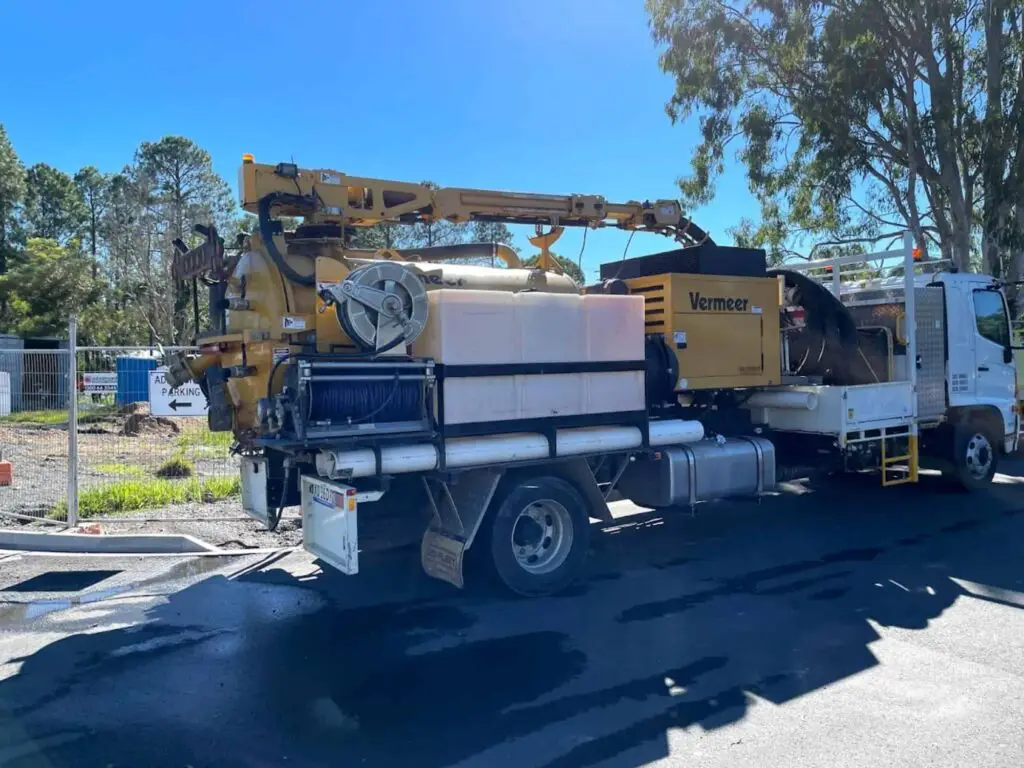
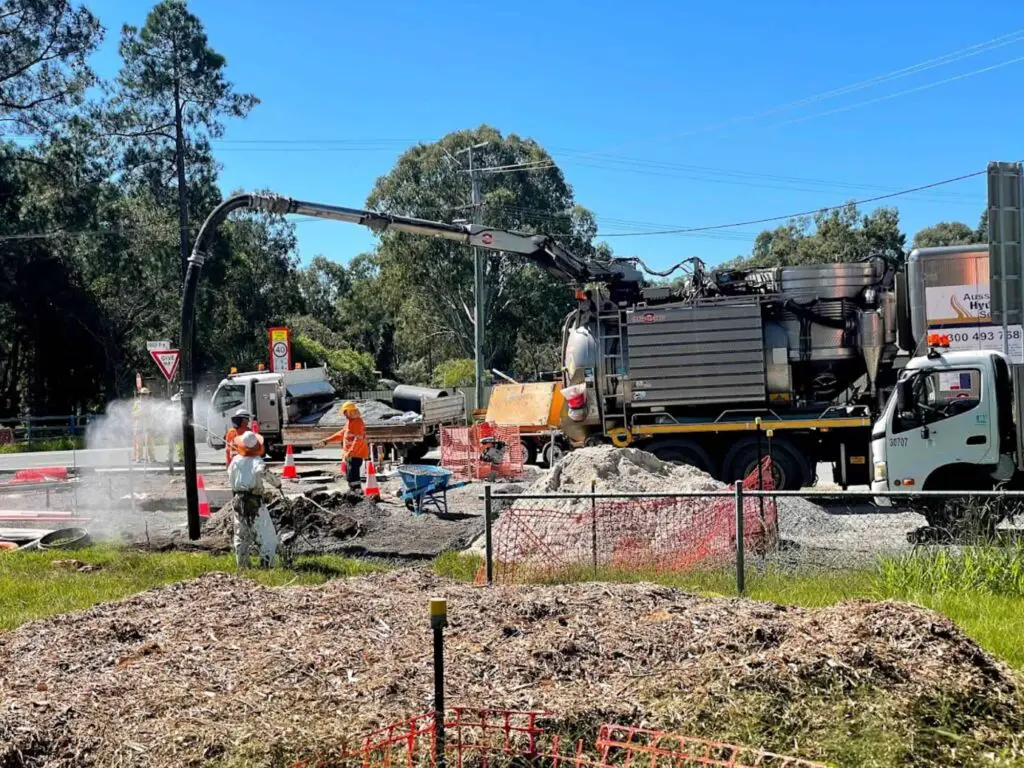
7. Cold Planer
Cold planners, also called cold milling machines, are used in road construction and maintenance projects. They have a rotating drum with teeth on it, which removes the top layer of asphalt or concrete so the road can be re-asphalted.
They can come in a variety of sizes for different applications, depending on the amount of work that is required.
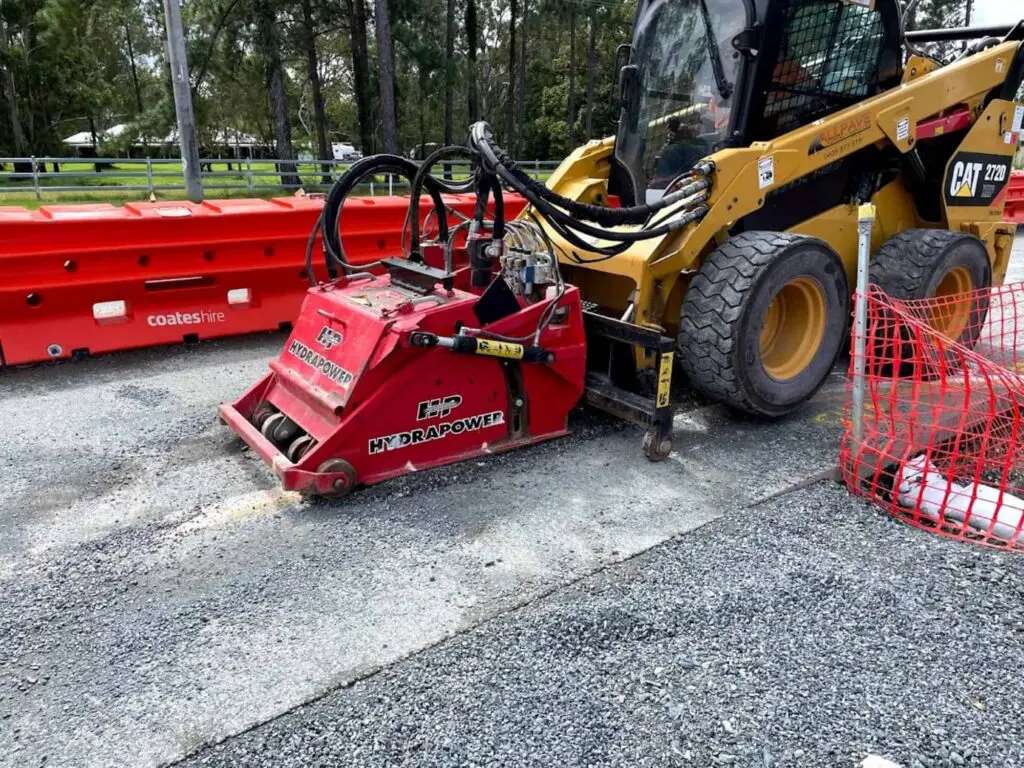
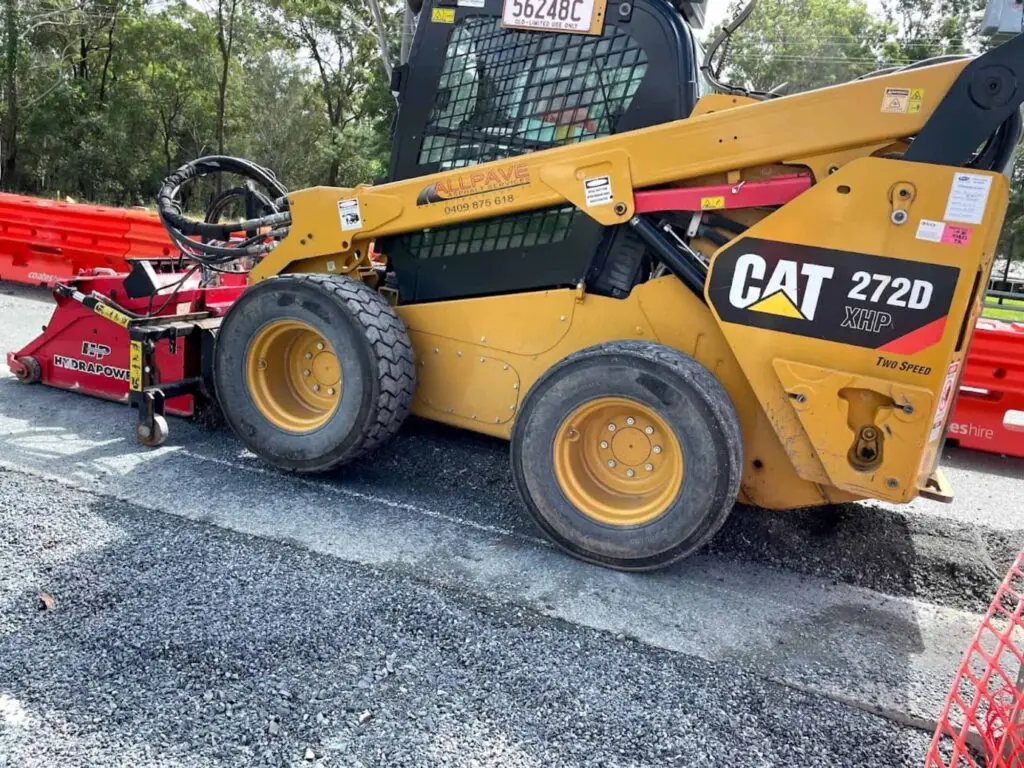
8. Wheel Tractor-Scraper
Wheel tractor scrapers are used in bulk earthworks projects to move large quantities of material around a site, and if equipment with GPS guidance equipment, they can be used to strip an area down to a design level. Scrapers are used in road, mining, and other bulk-earth projects.
Scrapers can either be trailers dragged by a tractor or an all-in-one piece of heavy equipment.
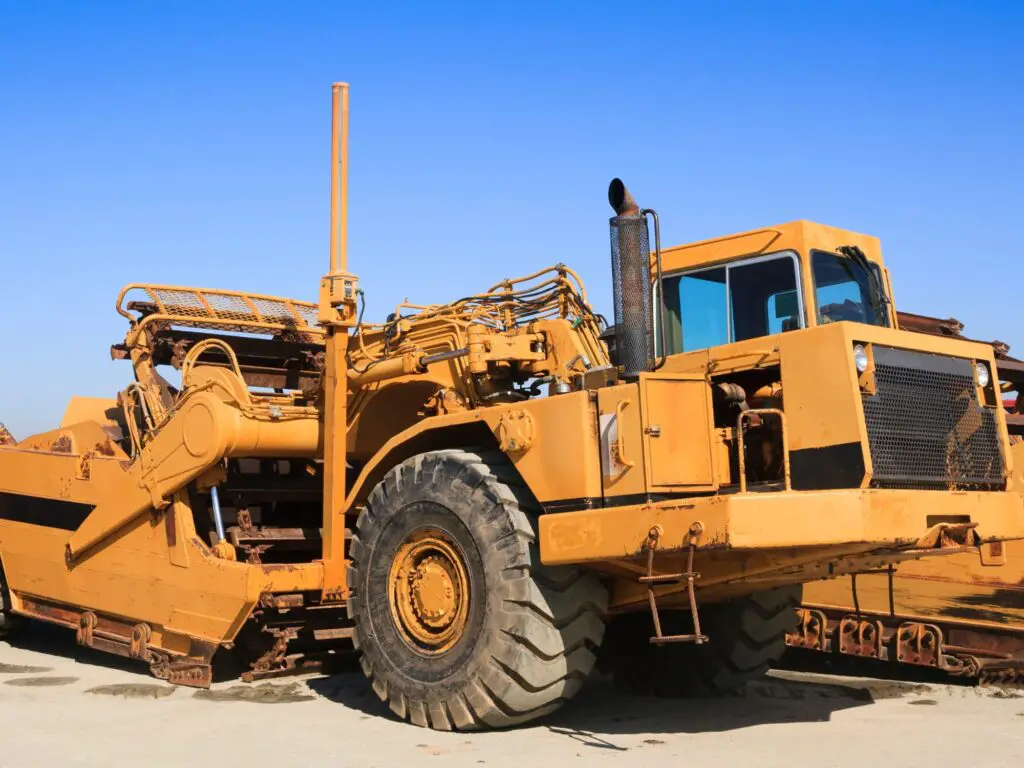
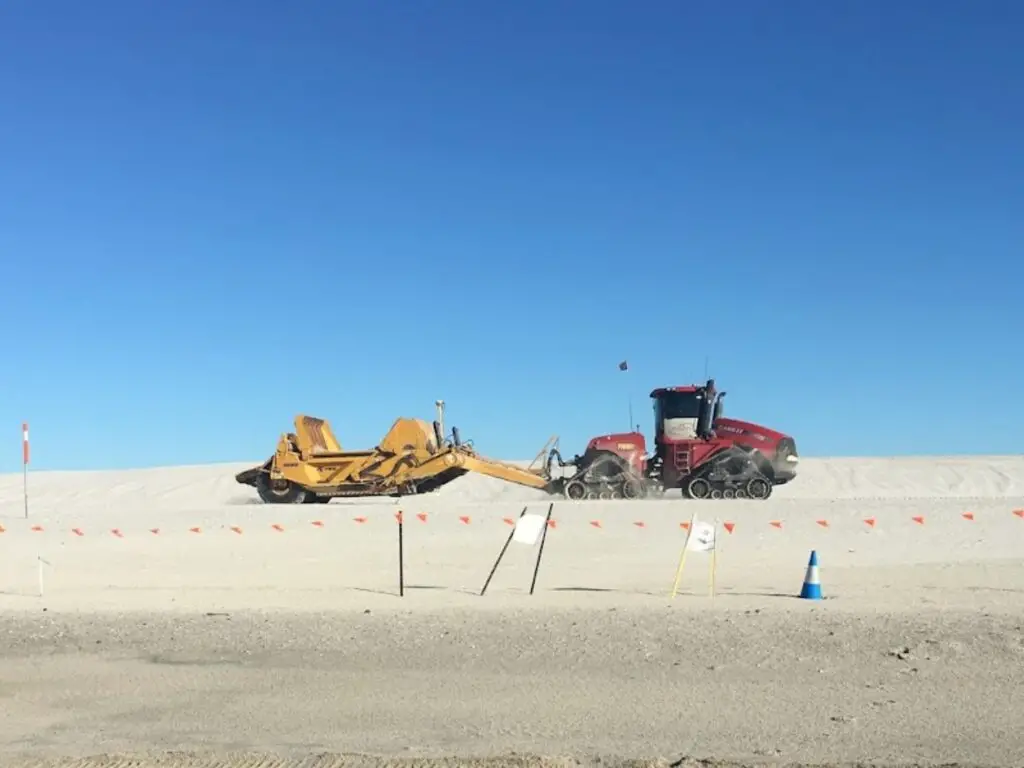
9. Trenching Machine (Trenchers)
Trenching machines are used to excavate trenches. They can excavate trenches in soil easily but are the best piece of equipment when trenching in rocky areas. This is because their trench is only as wide as the trenching machine. If an excavator was used in rocky areas it would have to over-excavate areas to remove the rocks.
The trenches dug by these machines are used to lay underground services such as electrical or communication cables, or gas and water pipelines.
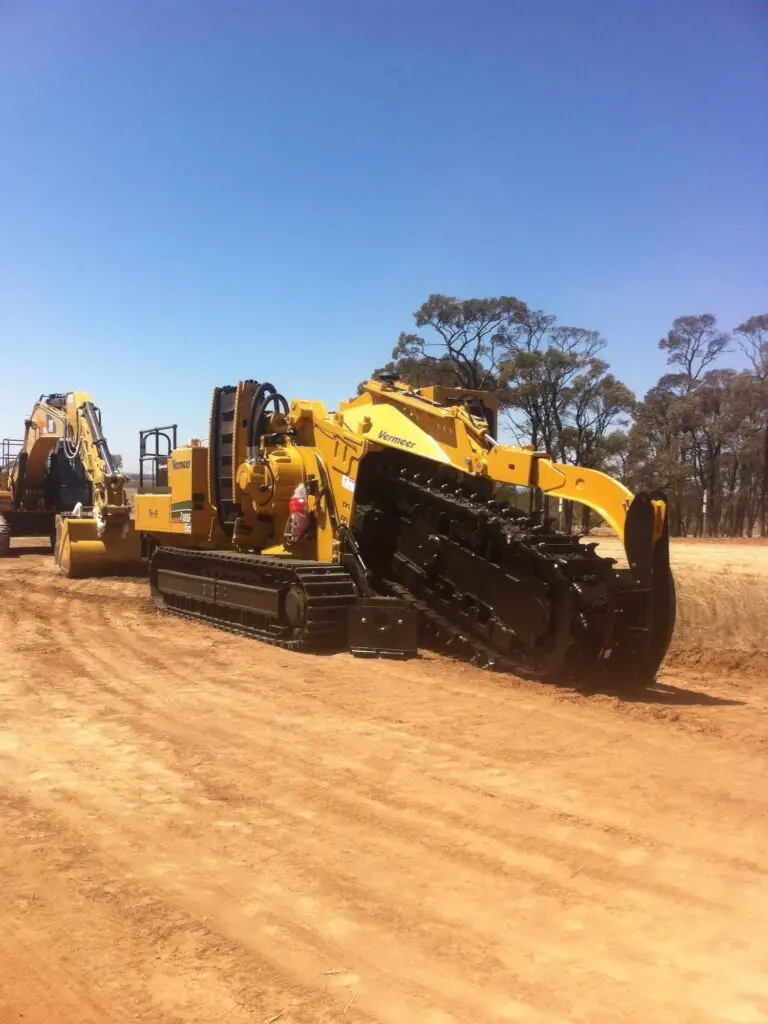
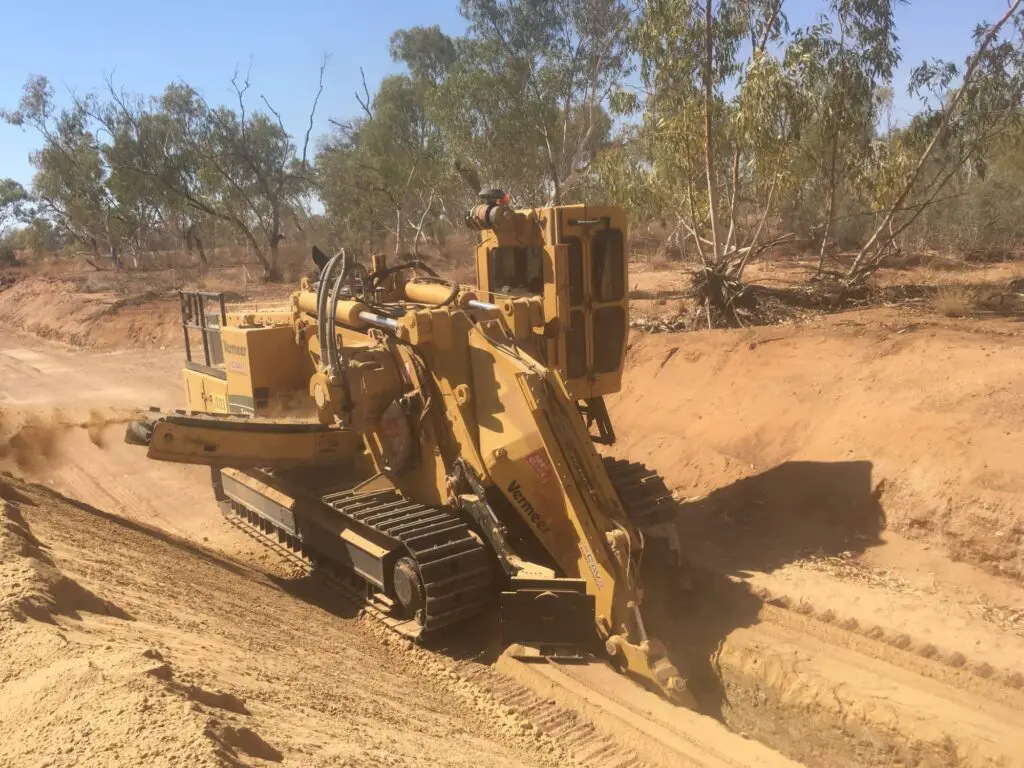
10. Loader
Loaders are used to either dump material into a truck, or to move material around a site. Loaders commonly have wheels, but can come with tracks on it as well.
A loader can have different types of buckets on it depending on the type of material it is moving. If it is working with dirt or soil mostly, a bucket with a flat edge can be used, but if the material is mostly rocks, then a bucket with more teeth would be preferred.
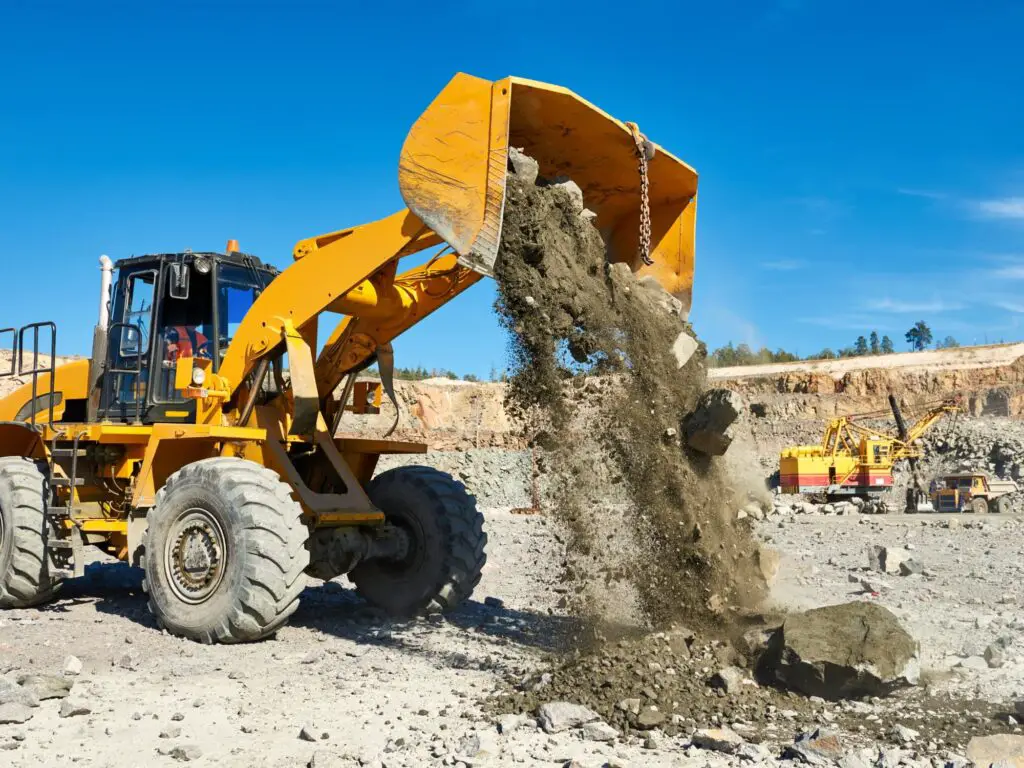
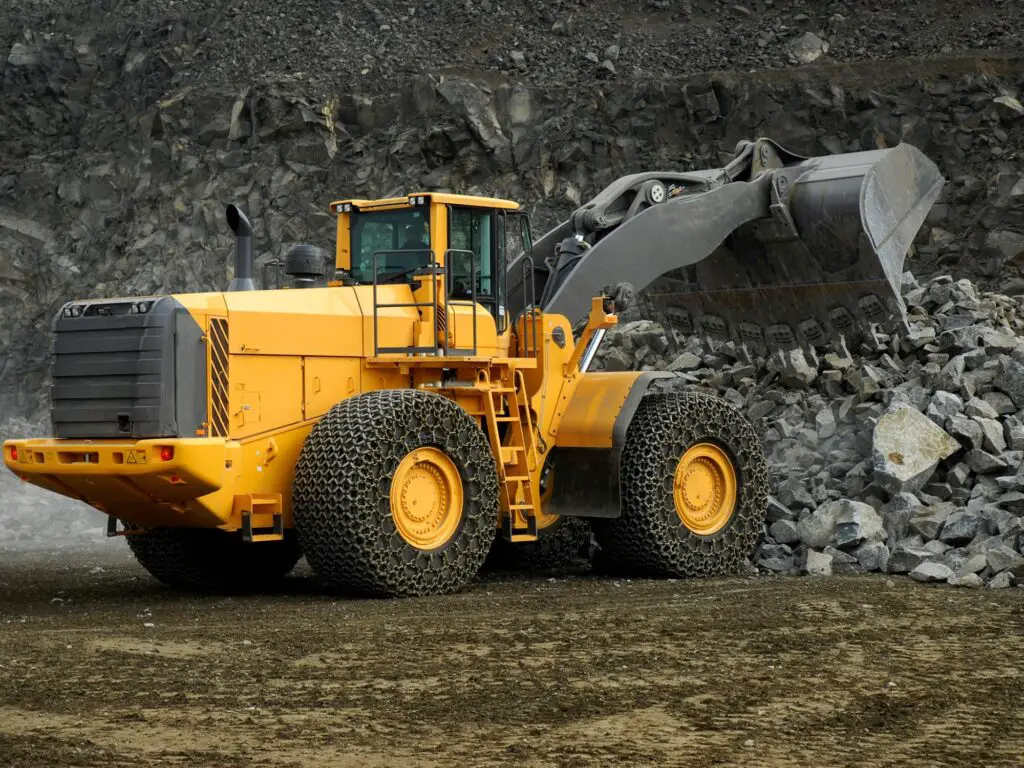
11. Paving Machine
Paving machines are used to lay and compact asphalt or concrete onto surfaces such as roads, runways, and car parks.
The main components of a paving machine include:
- Hopper. The hopper is at the front of the paving machine and is where the raw material is dumped.
- Conveyor. The conveyor feeds the raw material from the hopper to the augers, which placed the raw material in front of the screed.
- Screed. The screed flattens and smooths the asphalt or concrete. The screen is height adjustable and can be set to adjust the width of the material being laid.
When laying asphalt, a roller will be needed to roll over it to make the asphalt compact.
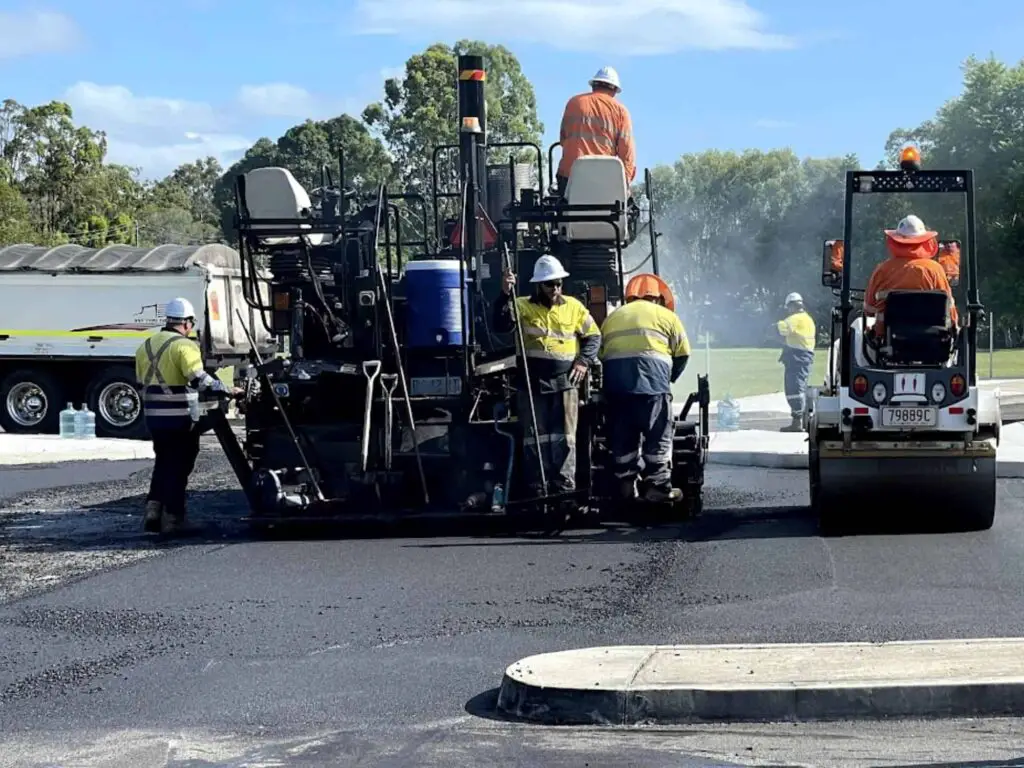
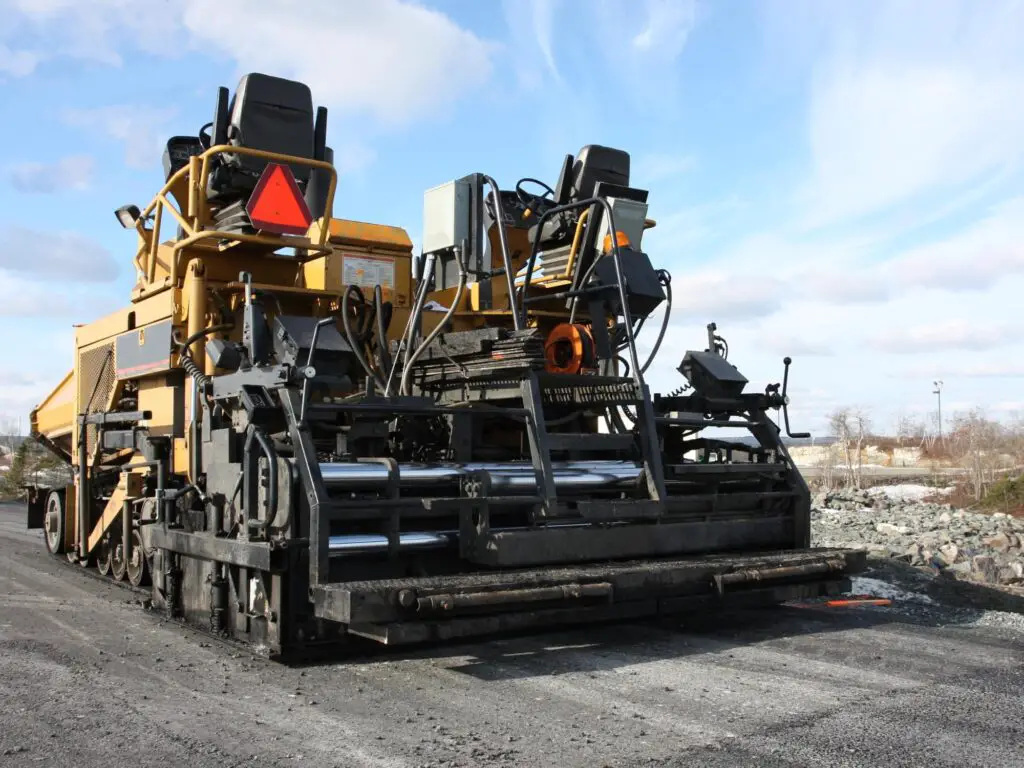
12. Compactors
There are three different types of compactors used on civil construction sites:
Rollers
There are many different types of rollers that are used for different applications on civil and construction sites. Rollers can be used for compacting layers of base course, subgrade, or asphalt on road projects, or can be used compact the pad for a construction site.
The drums on rollers can either be a smooth metal drum, or have a metal drum covered in sheepsfoot (metal protrusions), or just have a row of flat tread tires. Some can even vibrate which works to further compact the material.
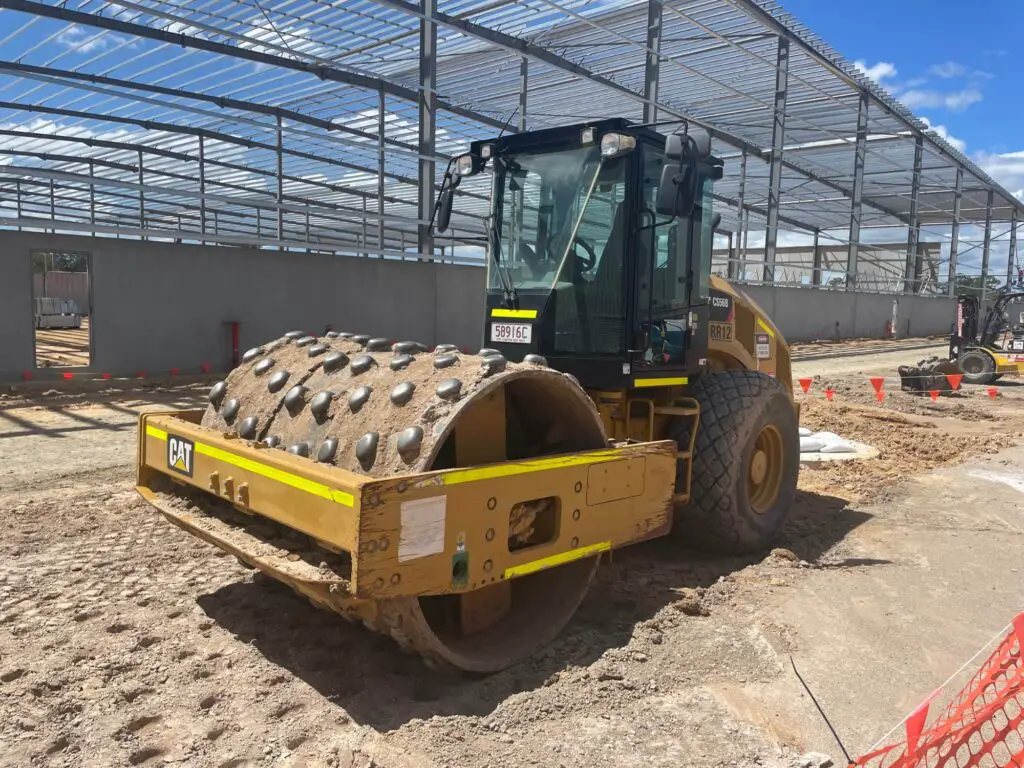
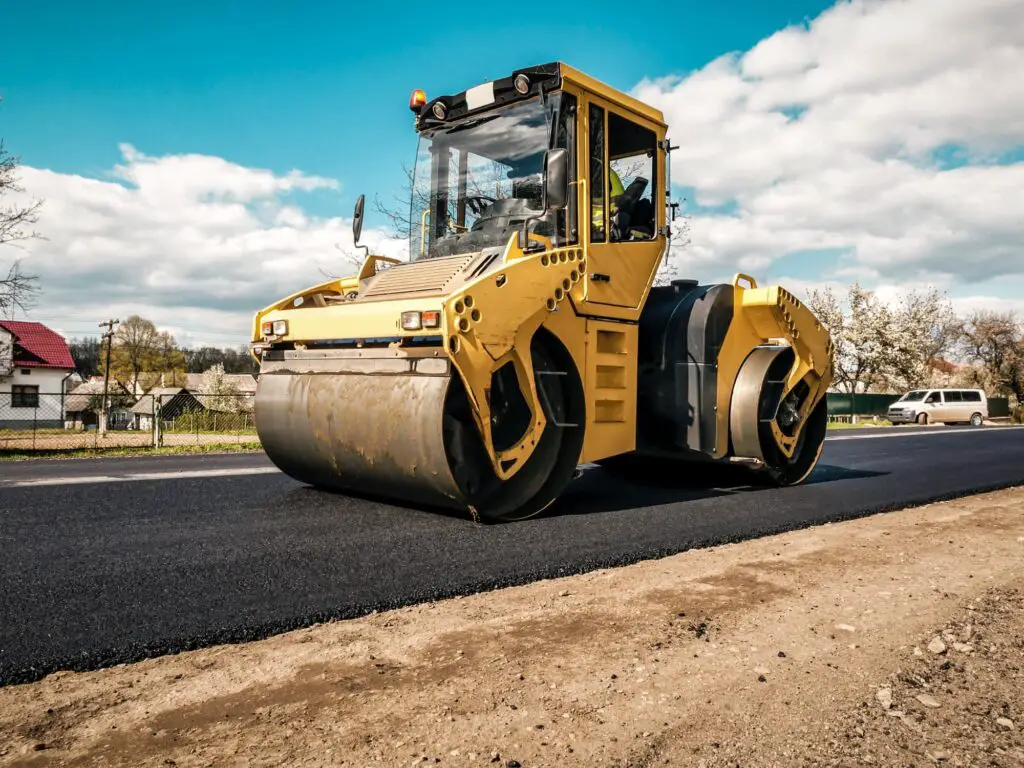
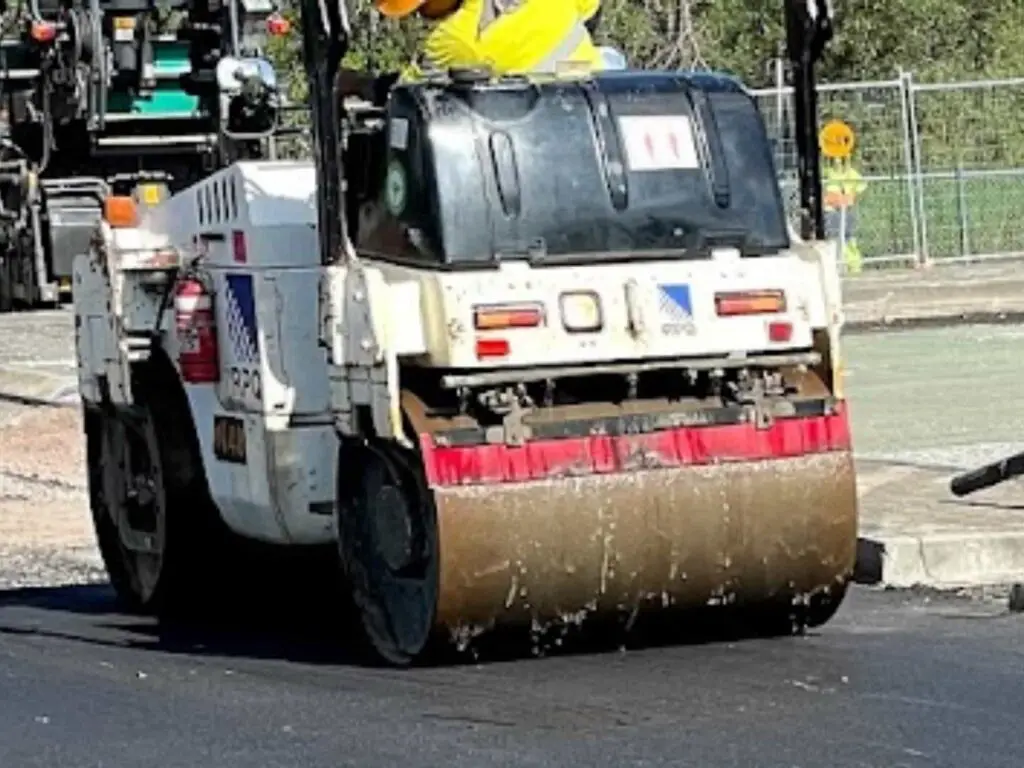
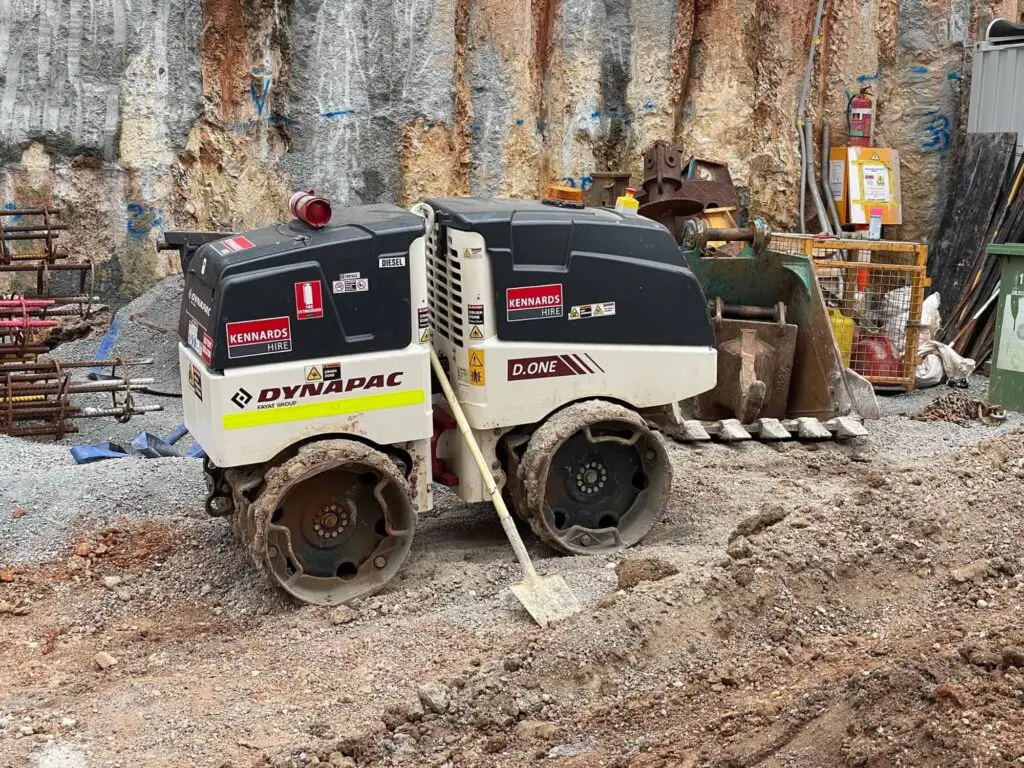
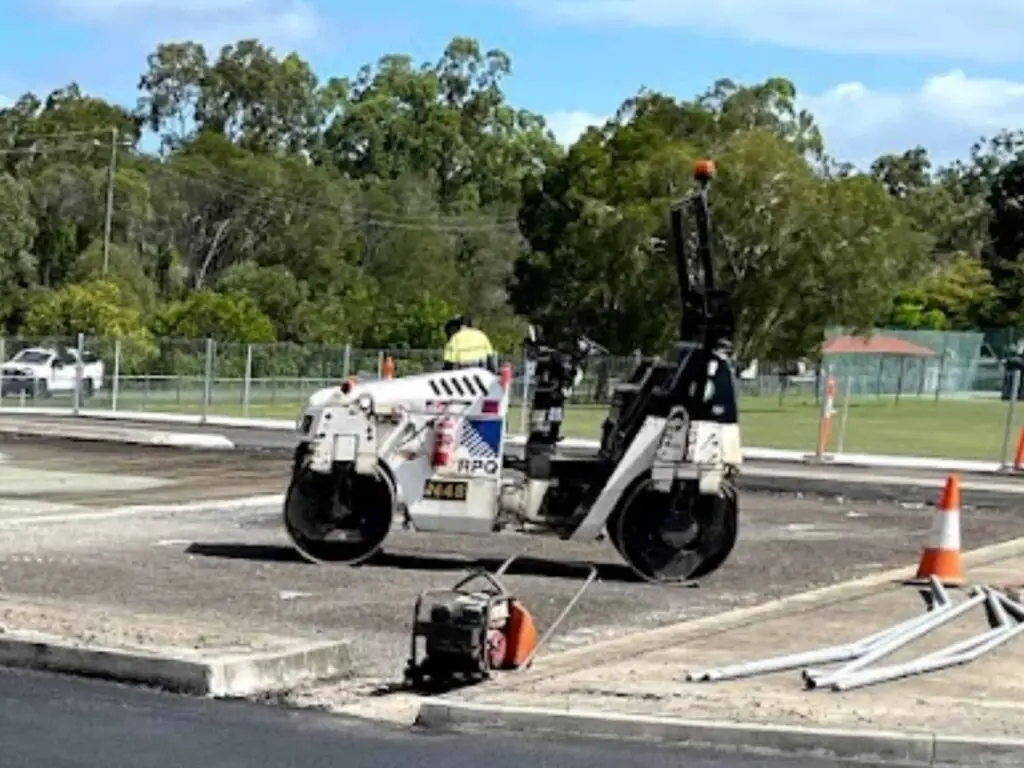
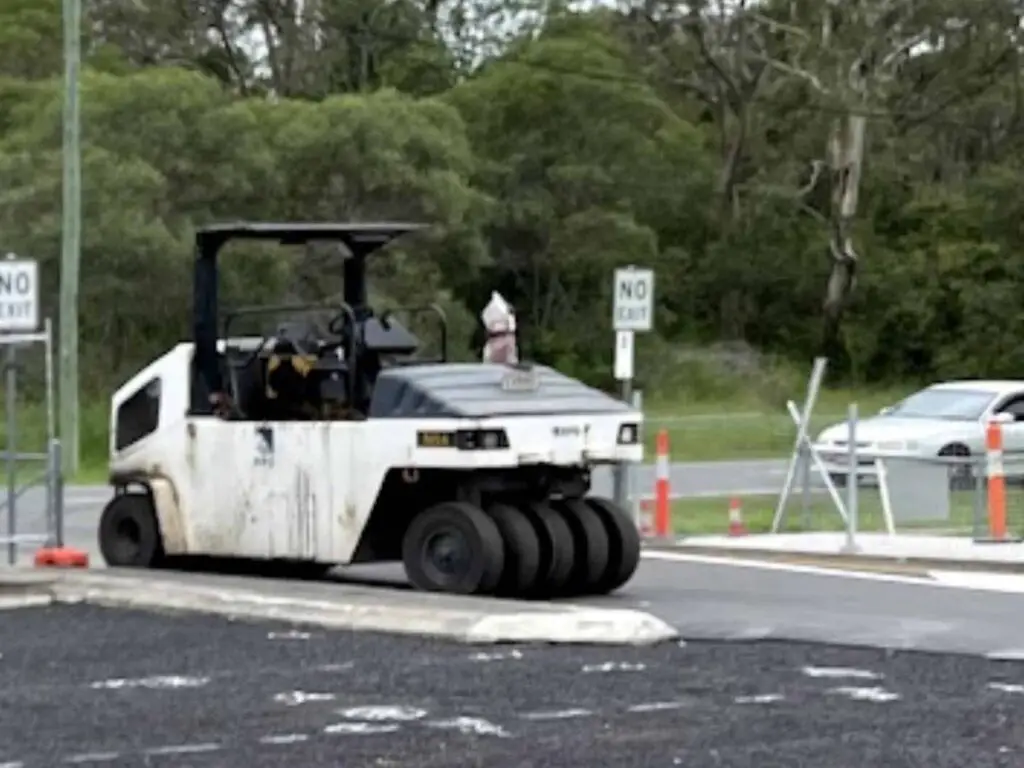
Plates
Plates use vibrations to compact small to medium-sized areas. Unlike the smaller rammer compactors, the plate compactors can compress materials like clay and sand.
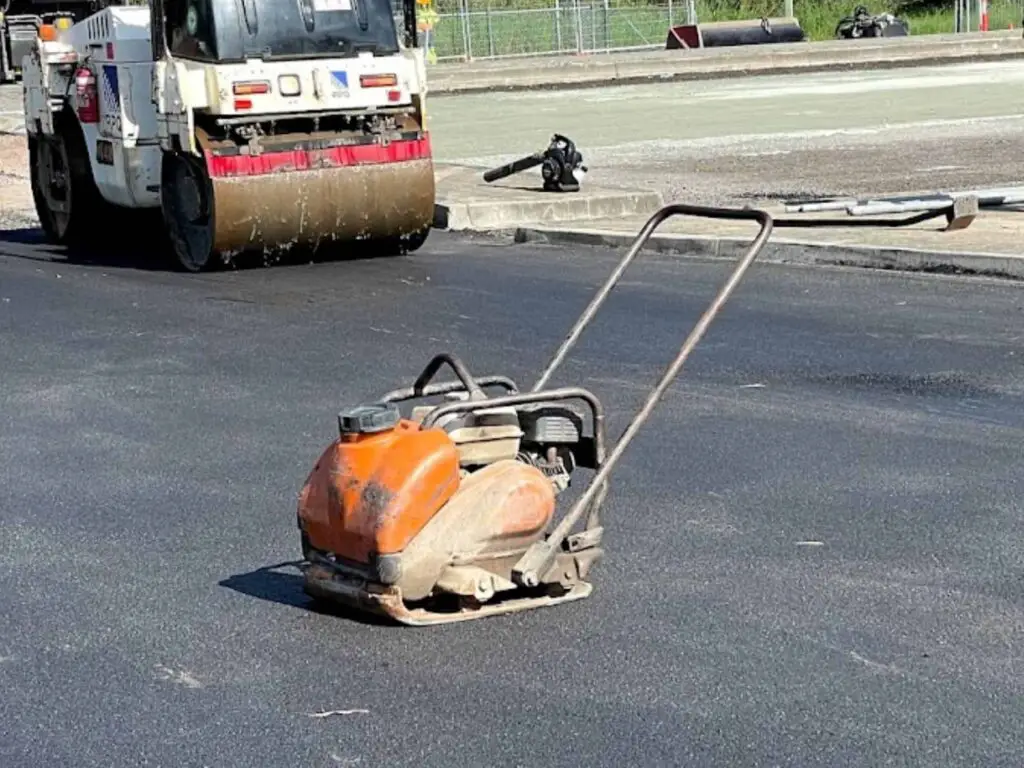
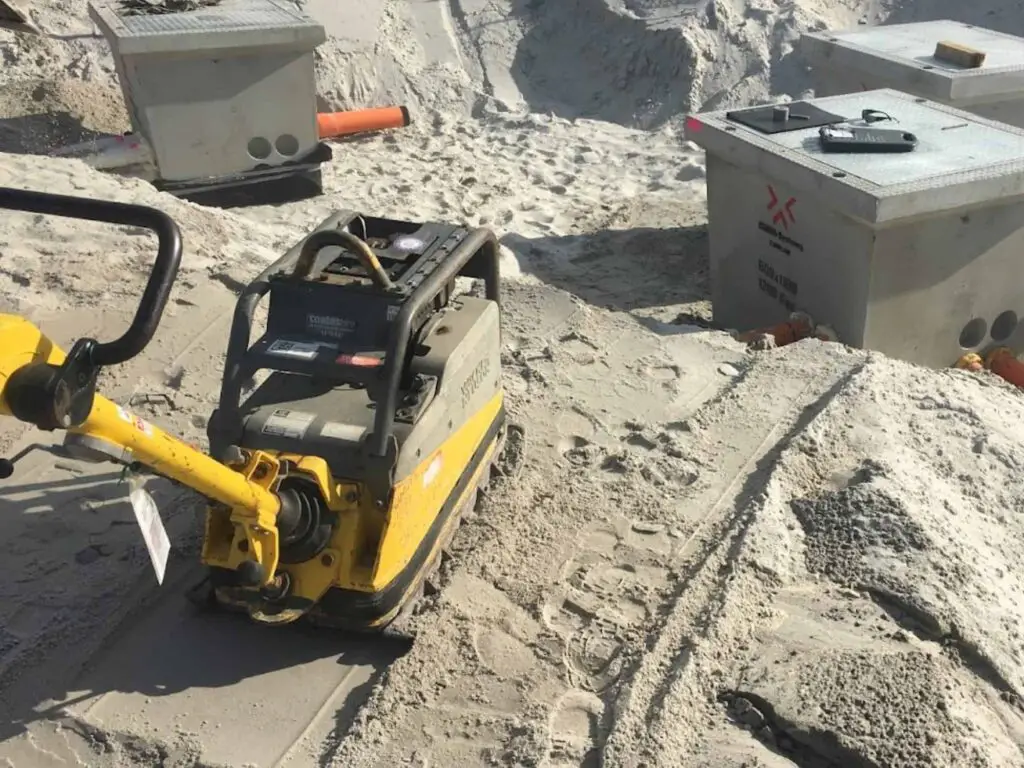
Rammers
Rammers are a small and lightweight tool used to compact material in small areas such as excavations or trenches. While they are good at working in smaller areas, they are too small to work over large areas.
Rammers don’t reply on vibrations to compact material, but on the force of the physical impact of the rammer to compact the material.
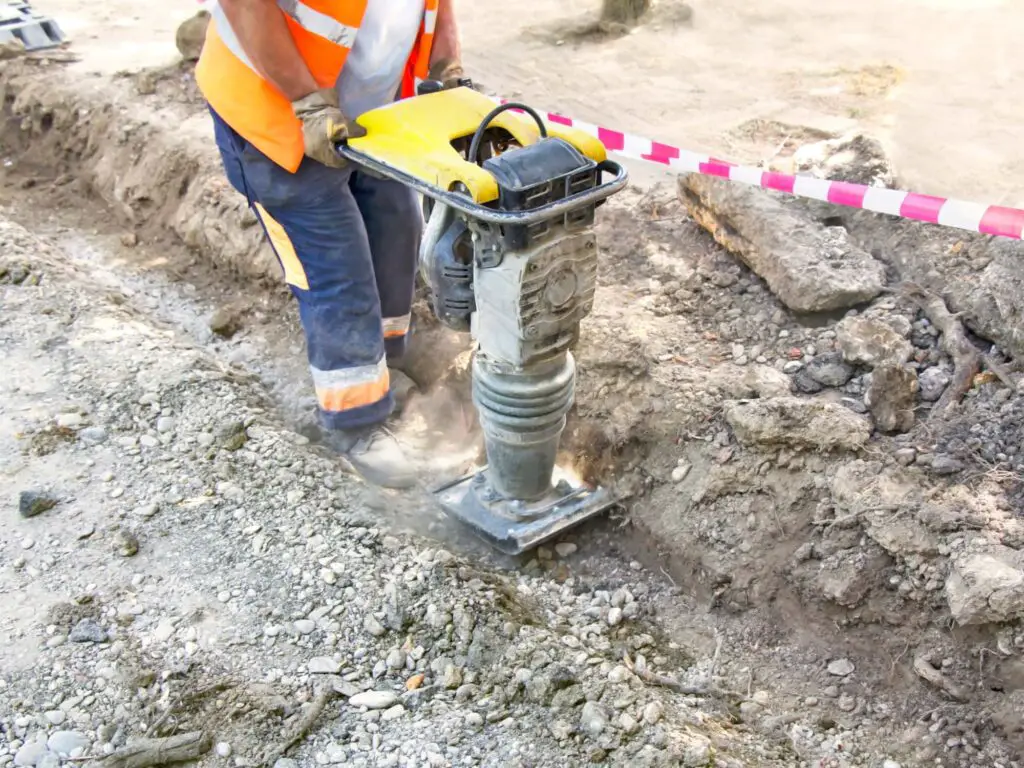
13. Telehandler
Telehandlers are used to transport heavy equipment on a site. Using the telescopic boom, they can lift heavy objects high into the air or across obstructions.
Telehandlers are used on a variety of construction projects, including:
- Roofing jobs,
- Transporting bales of hay, or
- Lifting and moving pallets and boxes of equipment.
Telehandlers can have different types of attachments attached to the end of the boom. It can have forks (like a forklift), buckets, lifting jibs, and other attachments.
Some telehandlers also have stabilizers on them which are used to keep the telehandler stable when lifting heavy loads.
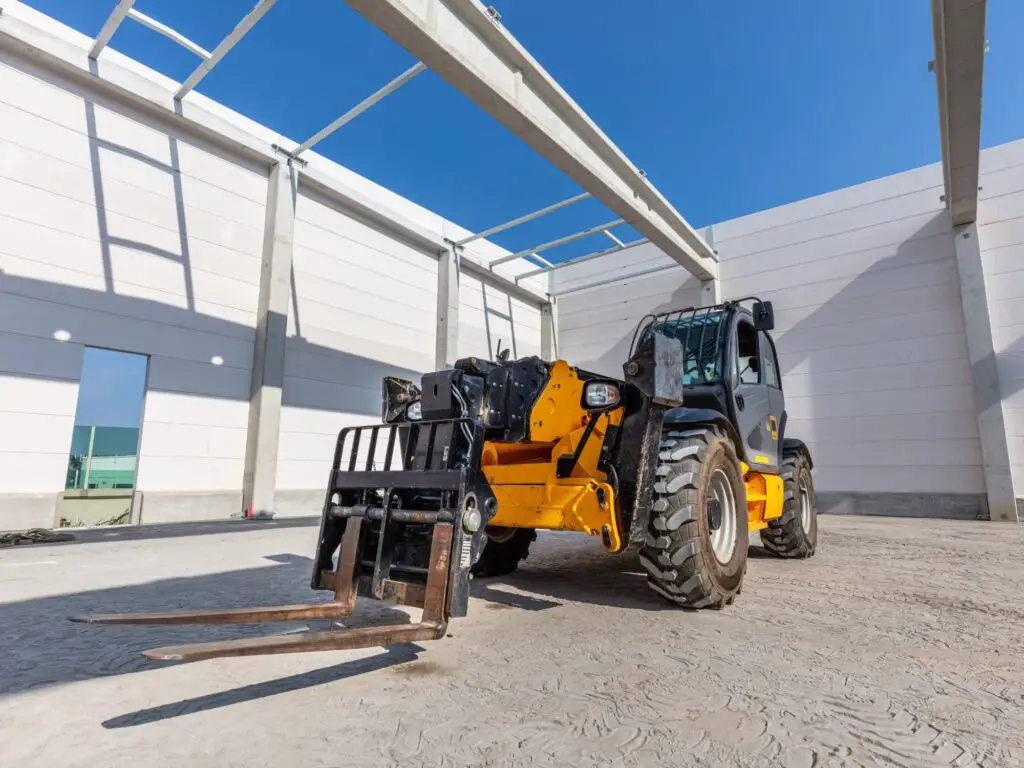
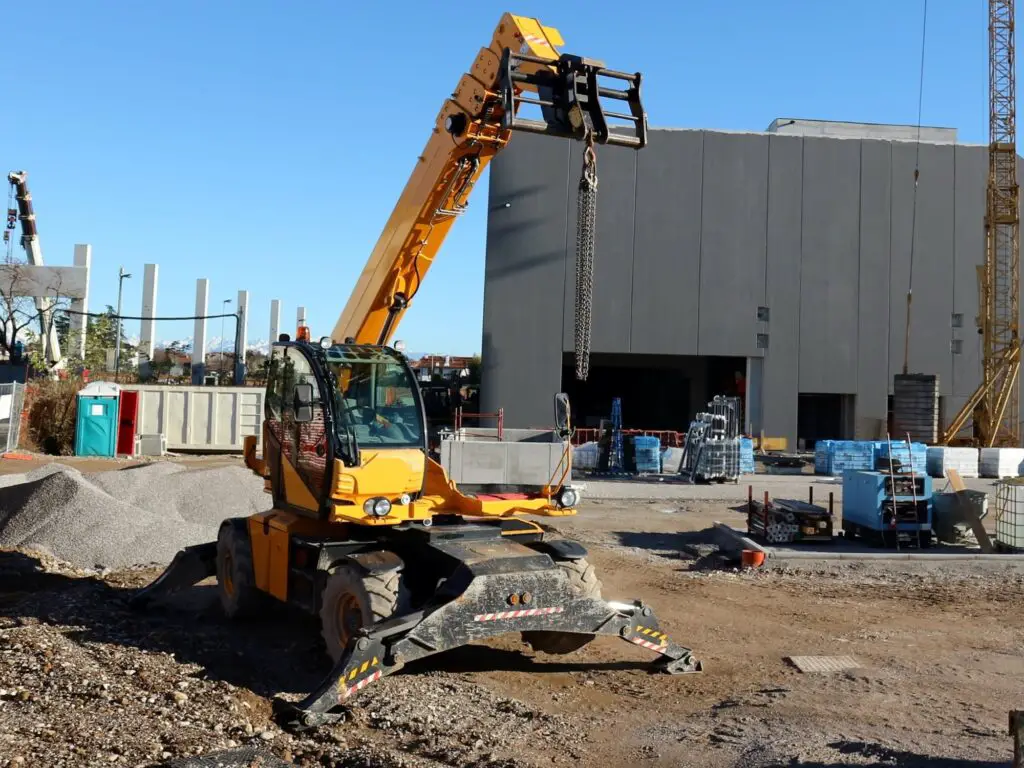
14. Forklift
Forklifts are used to transport pallets of equipment, tools, and materials around a site. They are very common in the laydown yards in site loading and unloading trucks, warehouses, and factories.
Forklifts can carry heavy loads over short distances, which is why they are essential in the logistics industry.
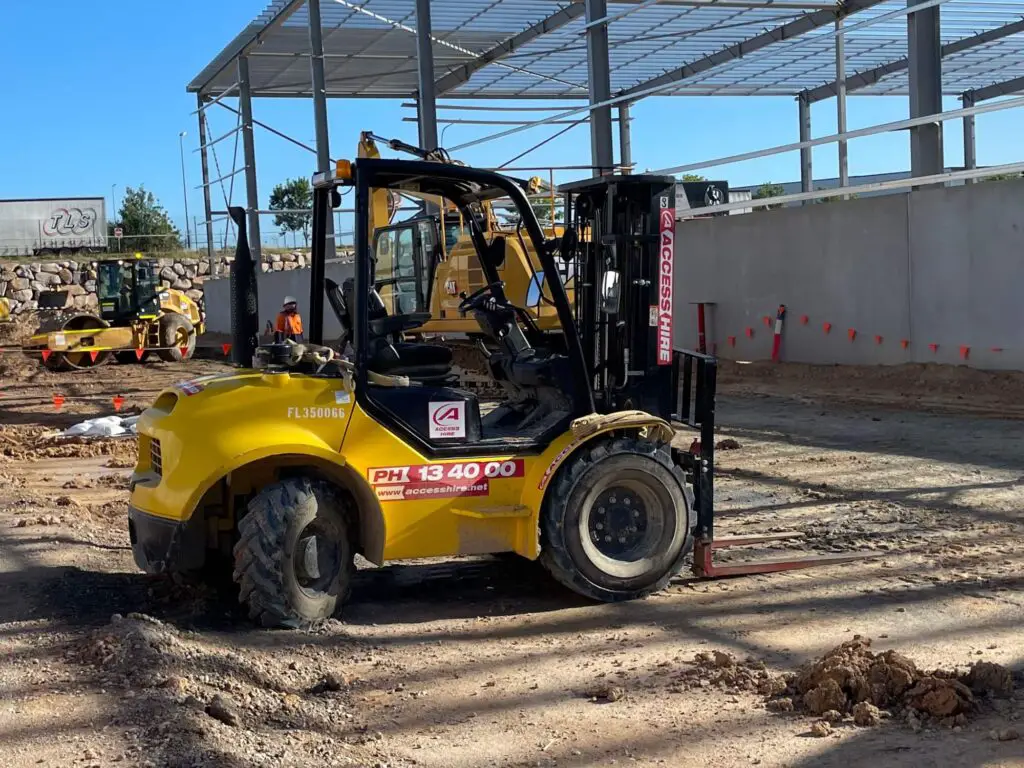
15. Concrete Truck
Concrete trucks are essential in moving concrete from the batch plant to a job site. There are a variety of sizes of concrete trucks, that depend on the amount of concrete required to be delivered.
The concrete truck consists of a rotating drum, and a tray at the back to direct the flow of concrete to where it is needed.
Concrete trucks are used on any construction and civil project that requires concrete like house and high rise projects, and where footings or piles need concrete poured.
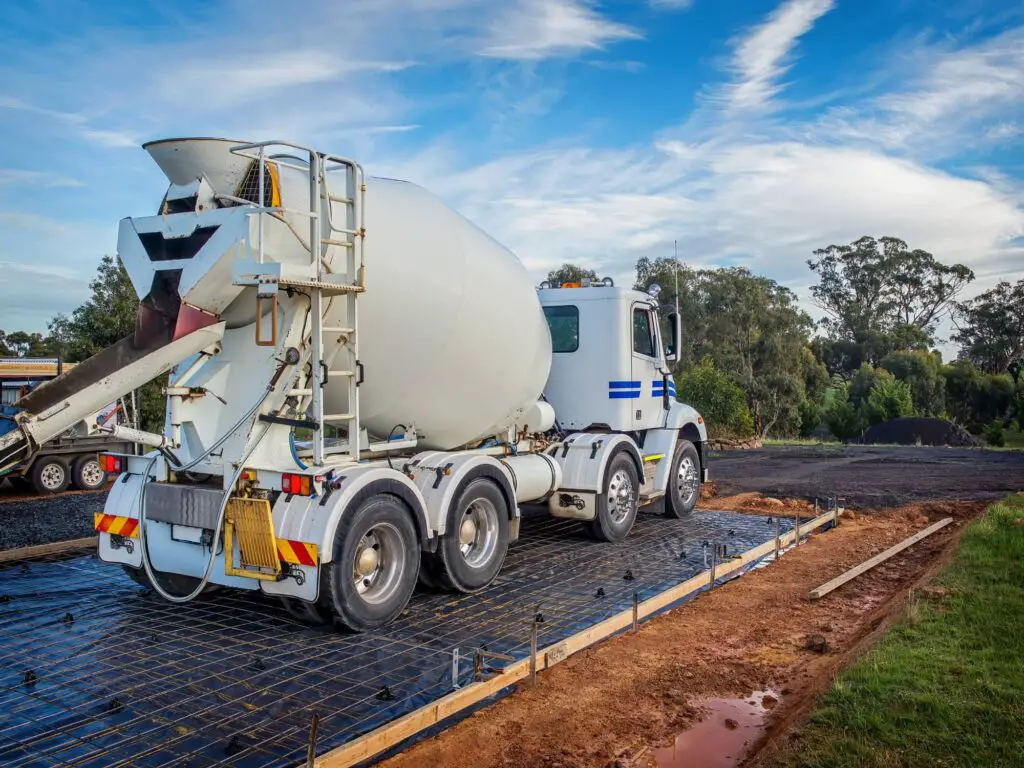
16. Concrete Pump
Concrete pumps are used in building and civil construction projects where concrete needs to be transported to an area that the concrete truck can reach, like the second story or higher of a building site.
A concrete truck pours its concrete into the concrete pump pumping system, it then delivers the concrete through the delivery pipe to the end hose where it is poured on site.
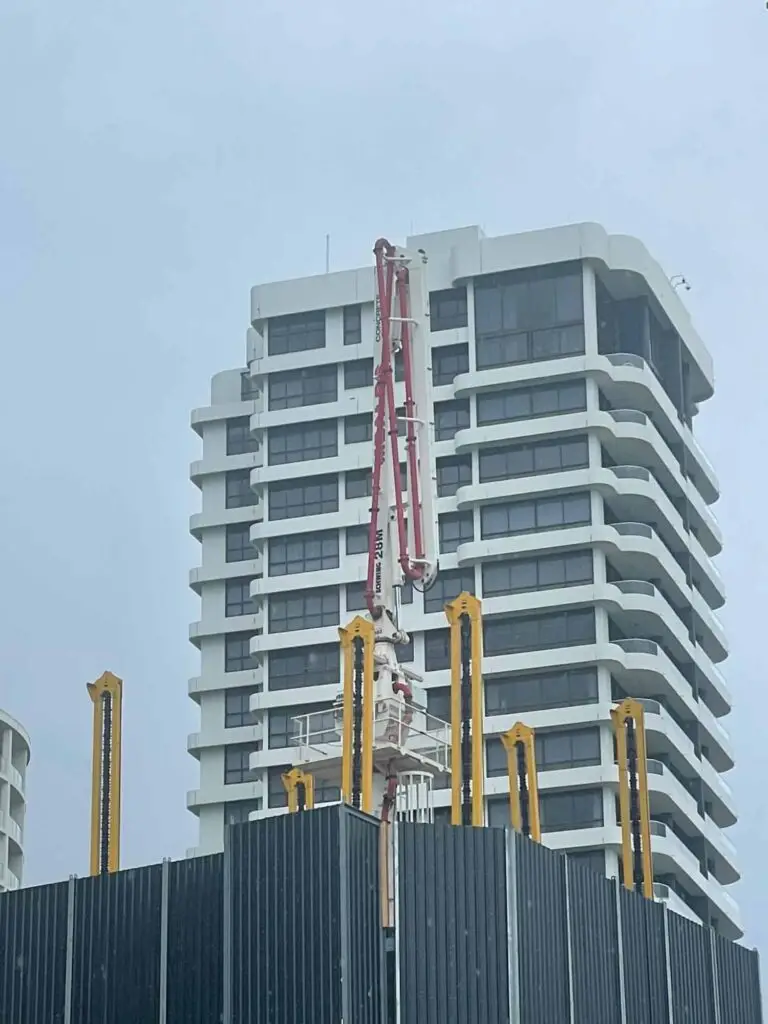
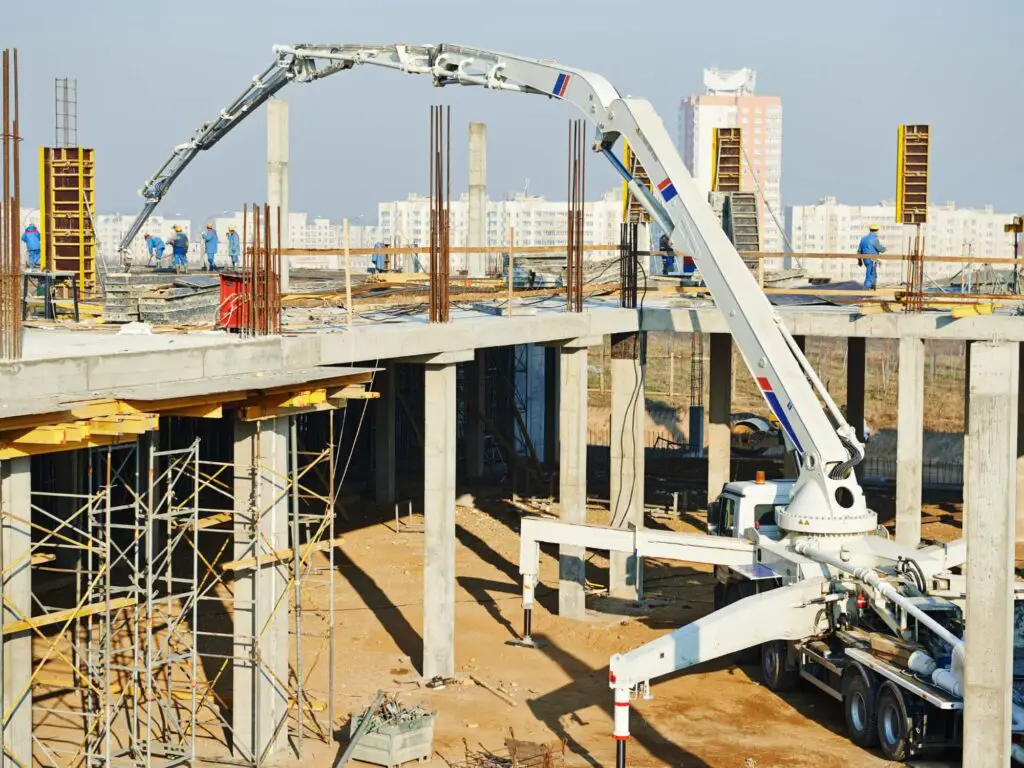
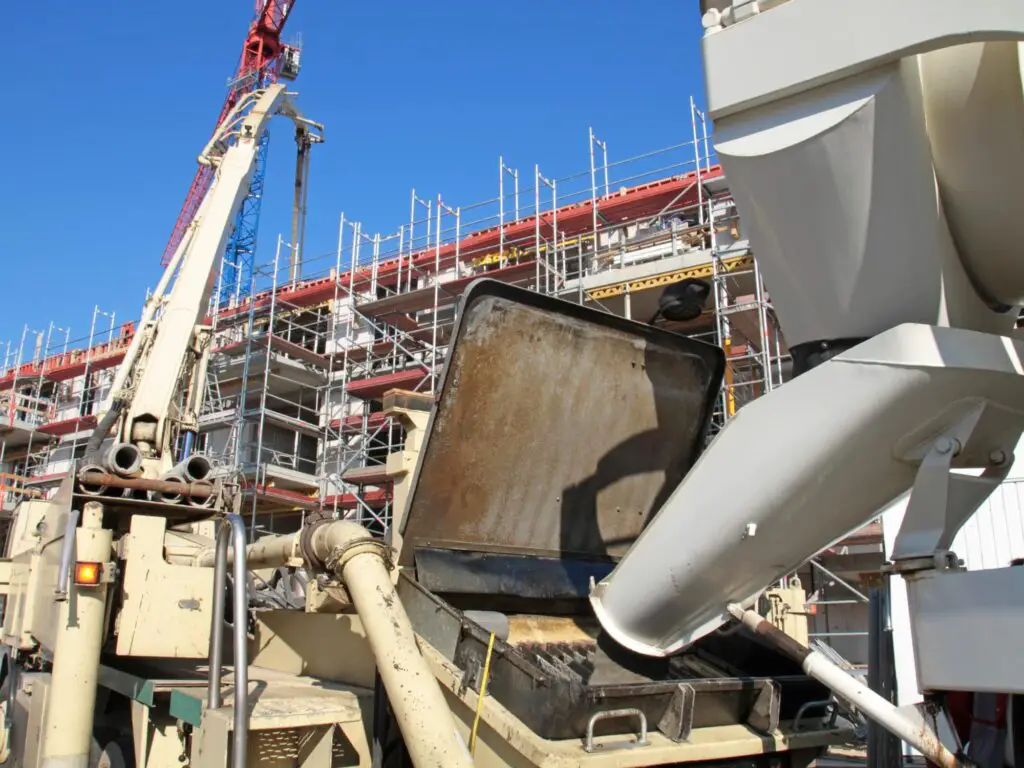
17. Dump truck
Dump trucks are used on-site to carry large volumes of material from one area to another area. If the material does not need to be delivered off-site, a larger dump or moxy truck can be used, but if the material needs to be removed from the site, then the truck and trailer method would likely be used to transport material on roads.
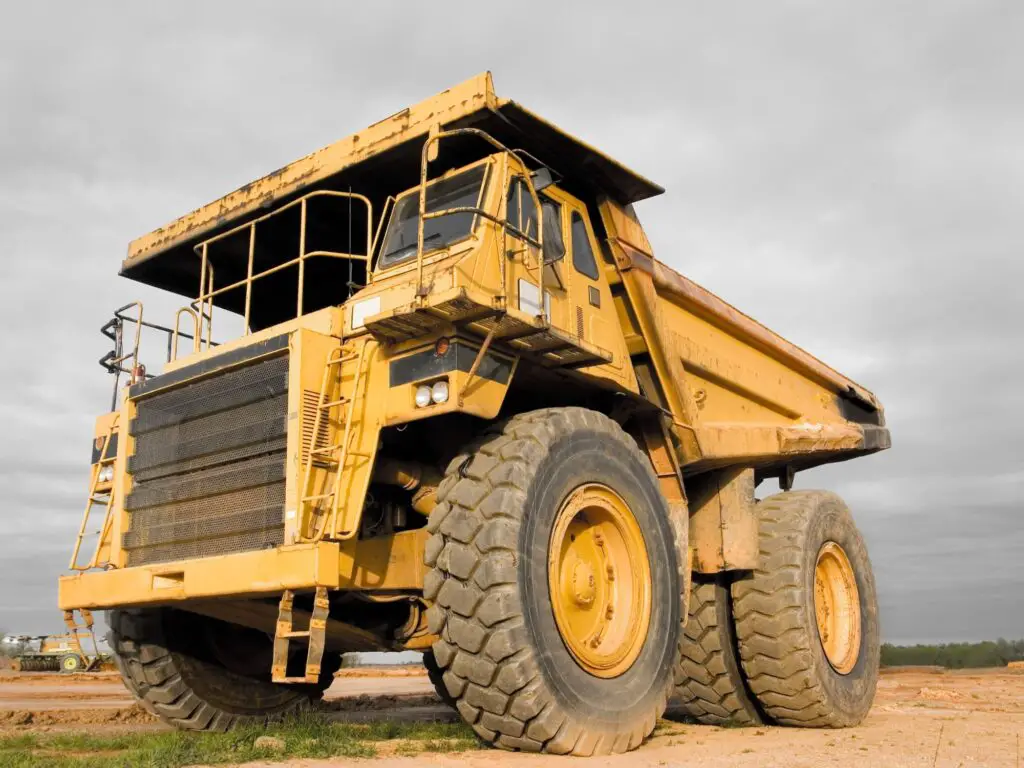
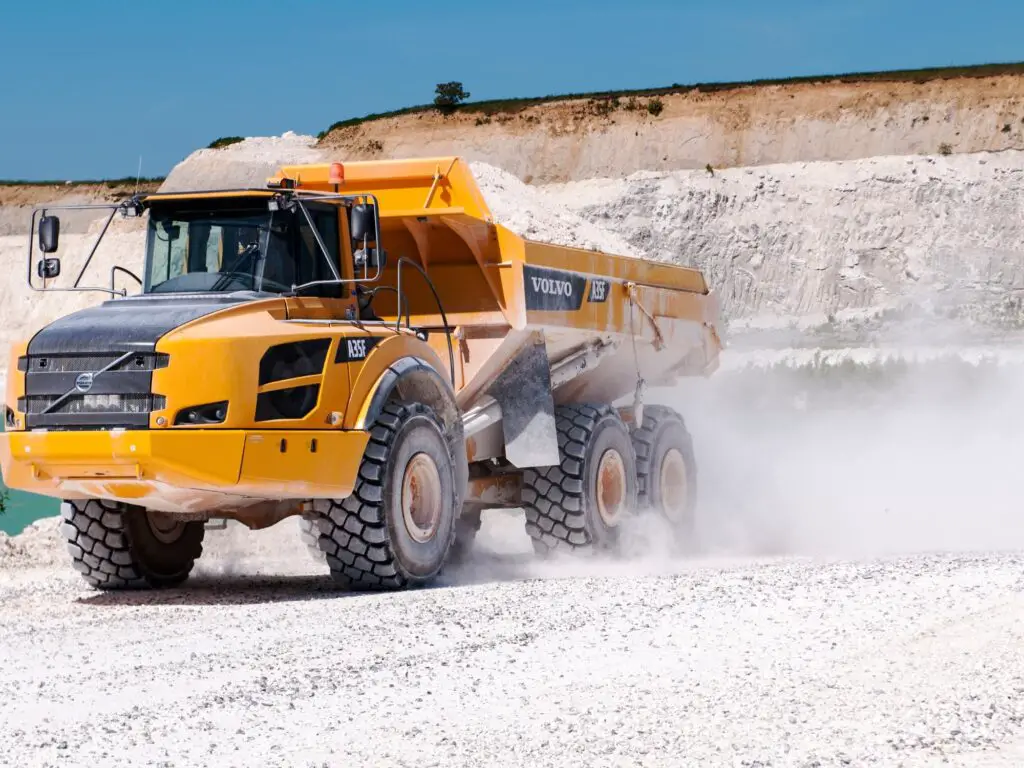
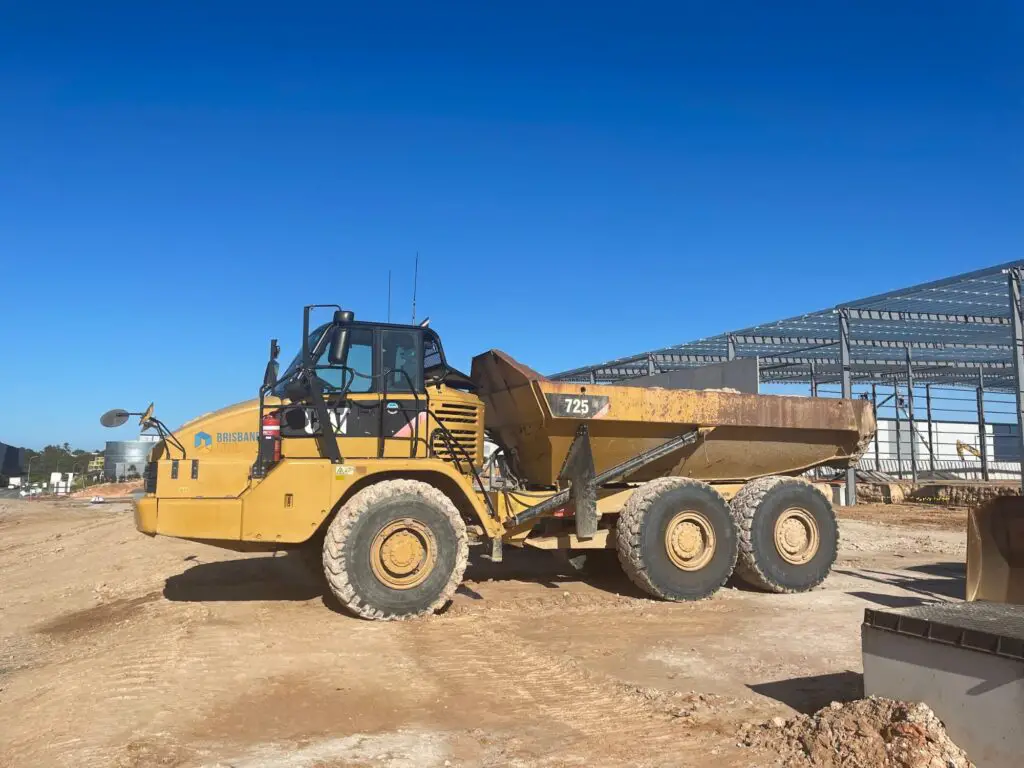
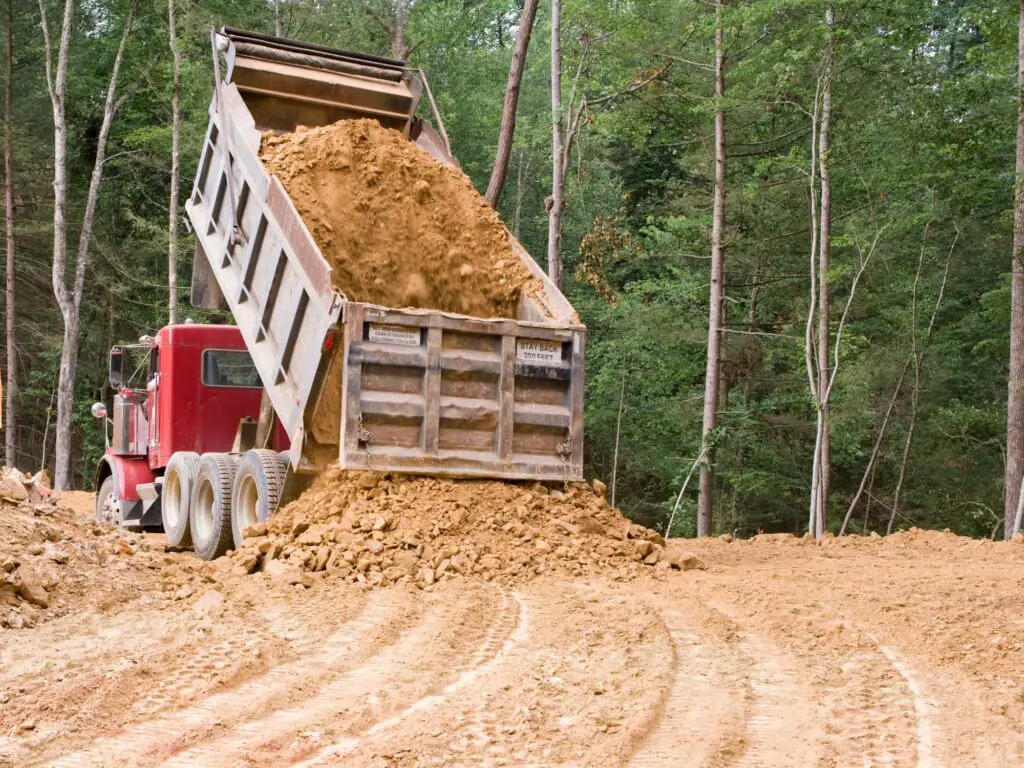
18. Piling Rig
Piling rigs are used in projects that require additional foundation support, where there is a risk of movement in the ground.
The type of piling rig used would depend on the type of pile needed for the project.
- A large drill/auger can be used to drill deep into the ground, a reinforcing steel cage can then be placed in the hole and concrete poured in.
- Steel casing can be hit into the ground to bedrock where there is a higher risk of subsidence or movement of the ground.
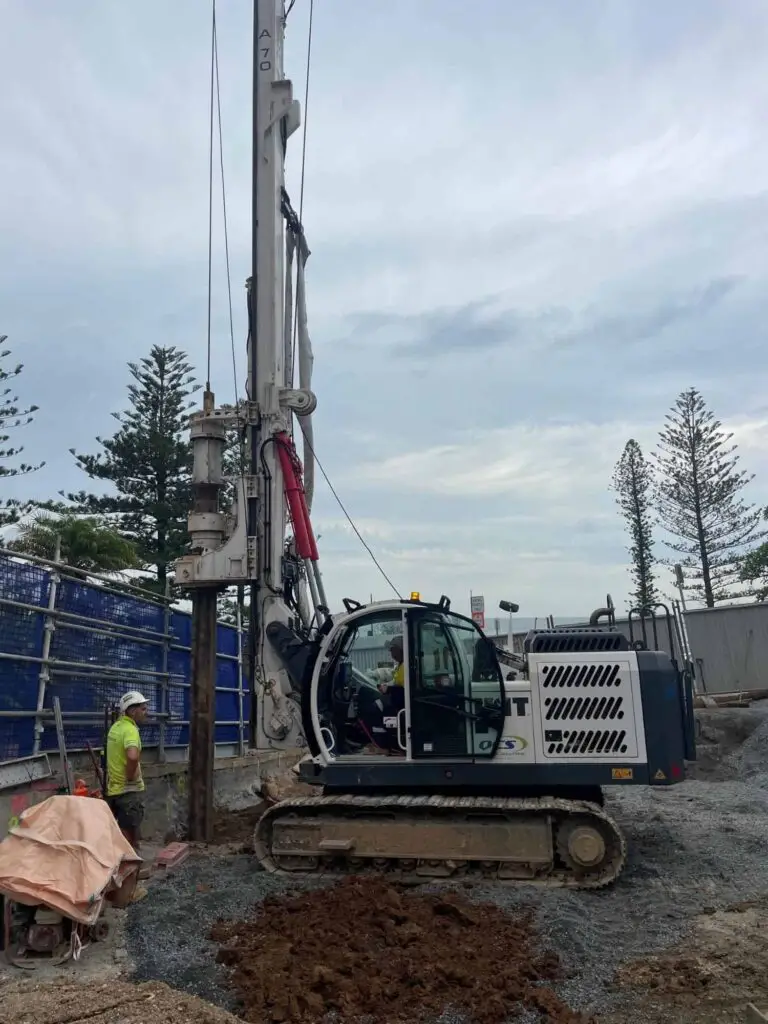
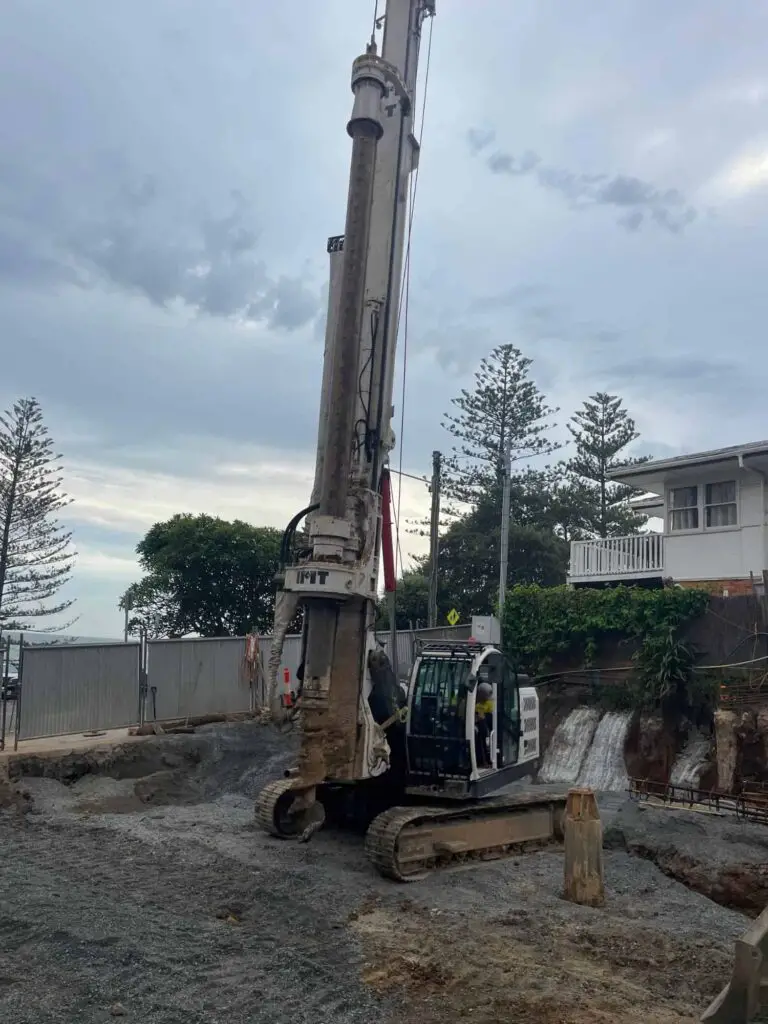
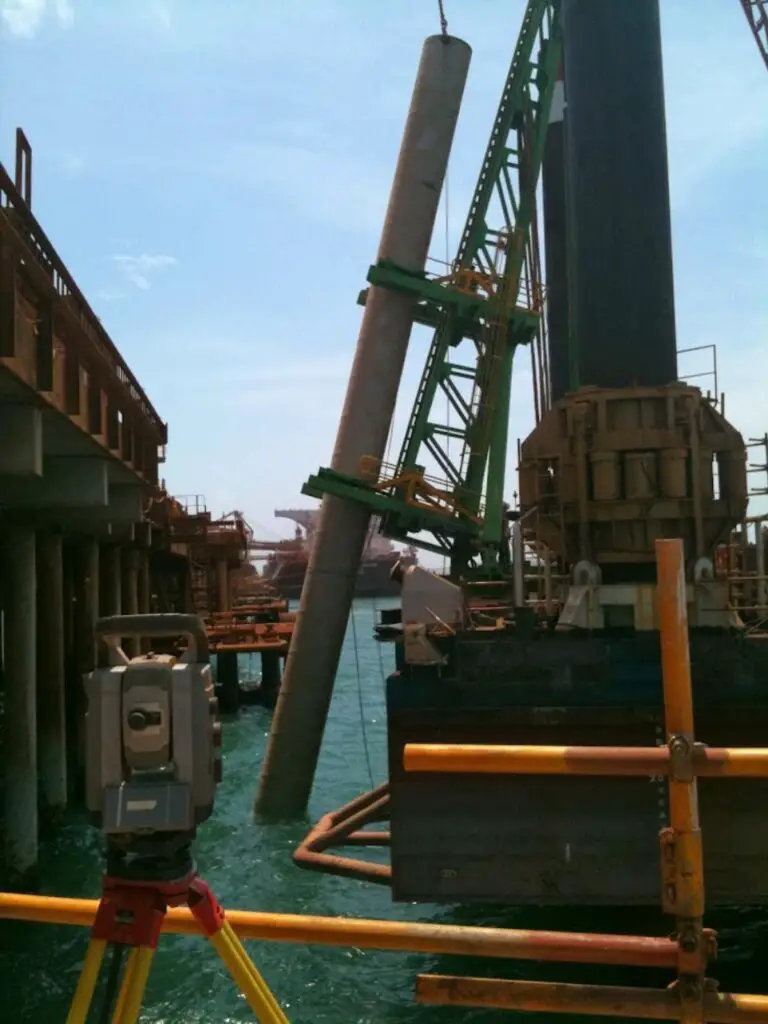
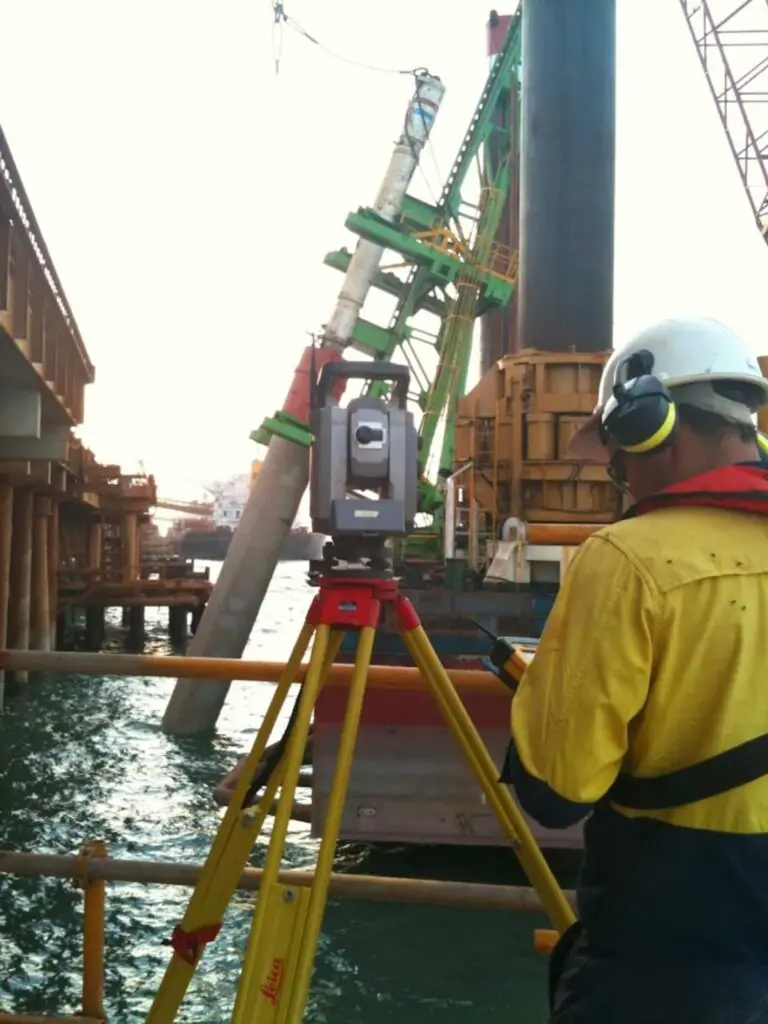
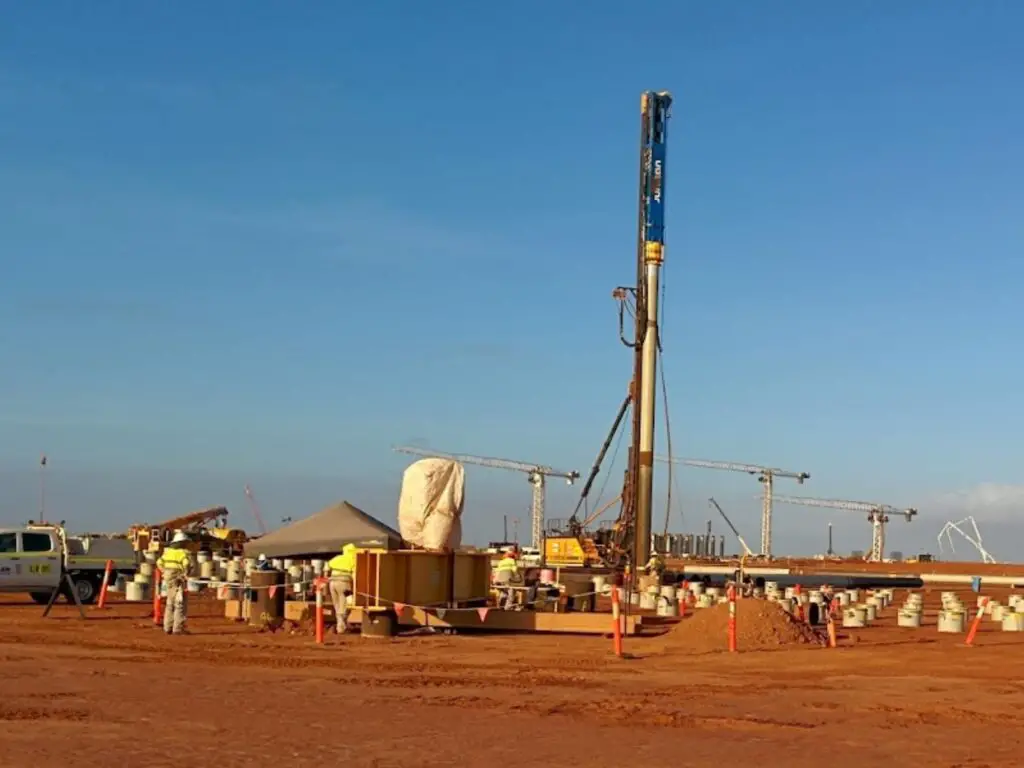
19. Directional drill rig
A directional drill rig is used in projects to install pipes, conduits or cables without the need for excavating. Most commonly they are used to drill under roads so the road doesn’t need to be closed and excavated to install new services across the road.
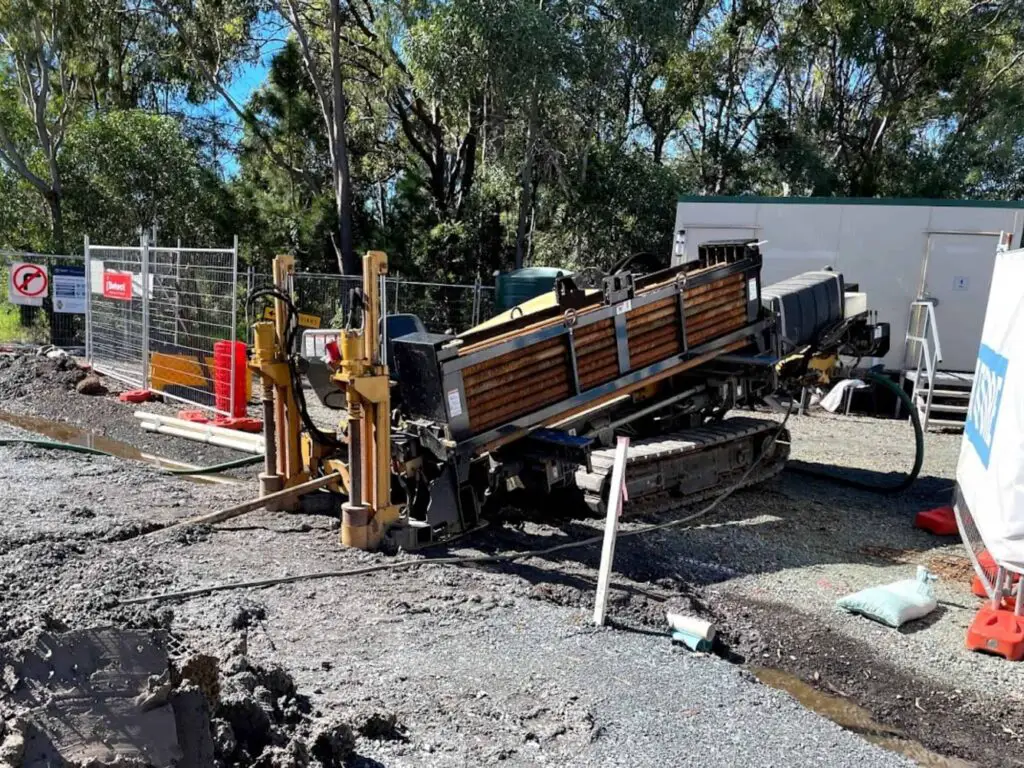
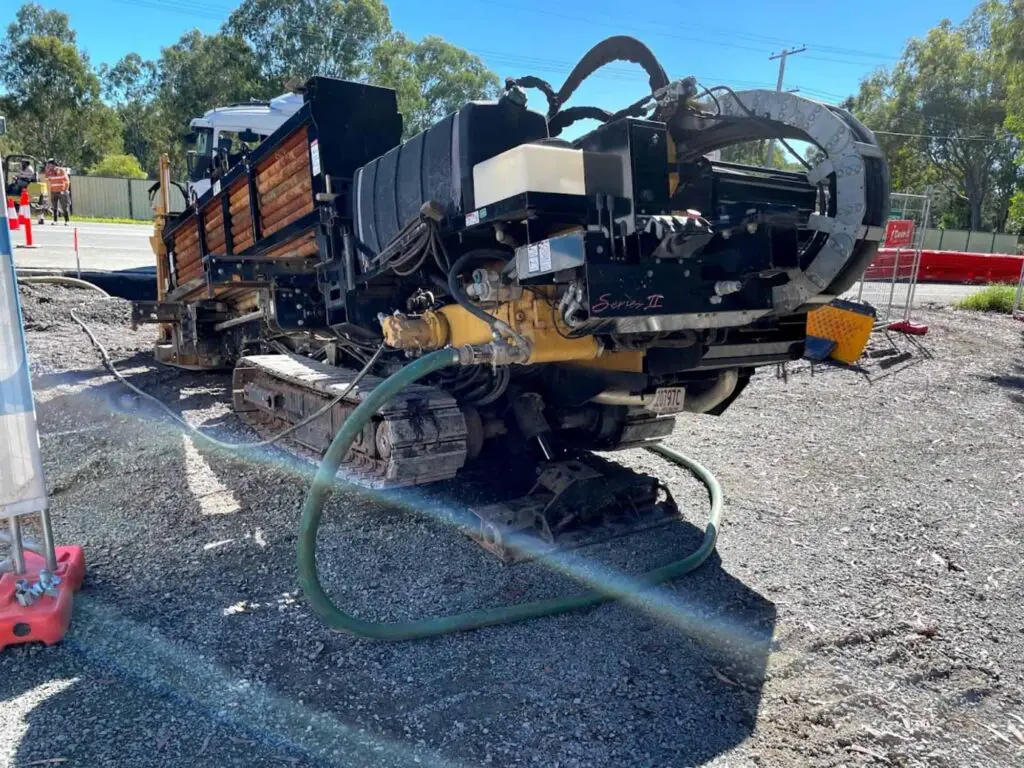
20. Elevated work platform
Elevated work platforms or EWPs are used by workers to access areas that are out of reach by hand or ladder. EWPs are used in maintenance and construction to provide workers with access to high and hard-to-reach areas.
There are many different types of EWPs including scissor lifts, cherry pickers, and self-propelled boom lifts.
The size and type of EWP used on a site will depend on the tasks required. If you are needing to have a lot of equipment on hand like welders or tools, you would ideally have an EWP with a large work platform, or if access is tight or if you are working indoors, you will then need a smaller more mobile EWP.
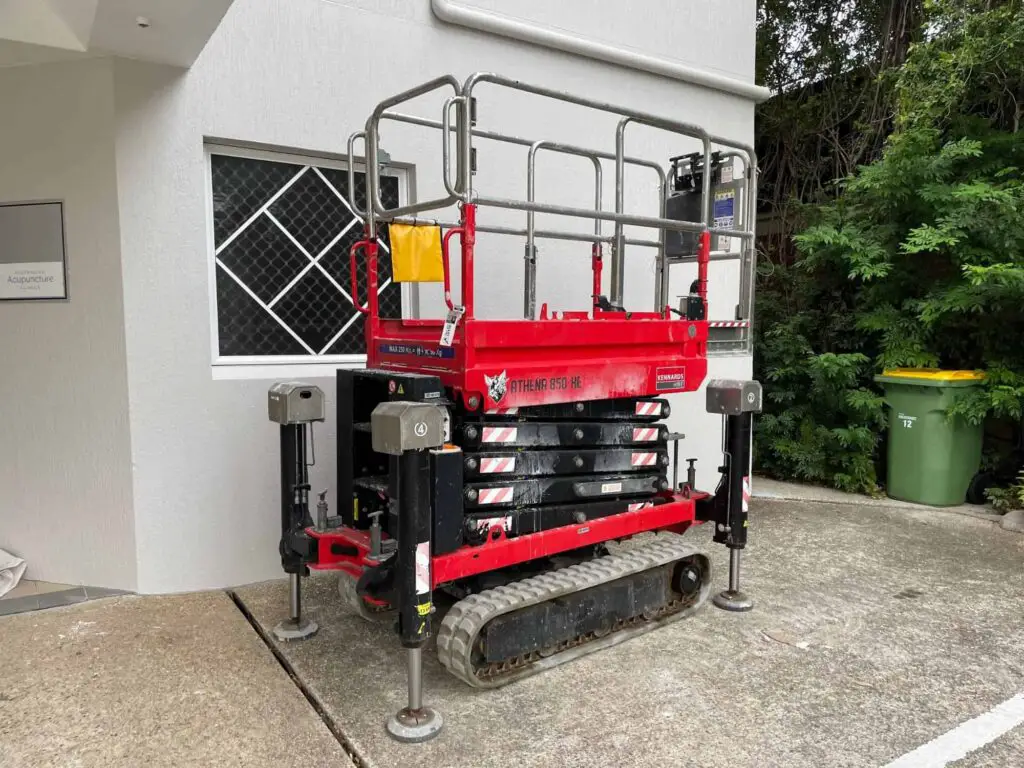
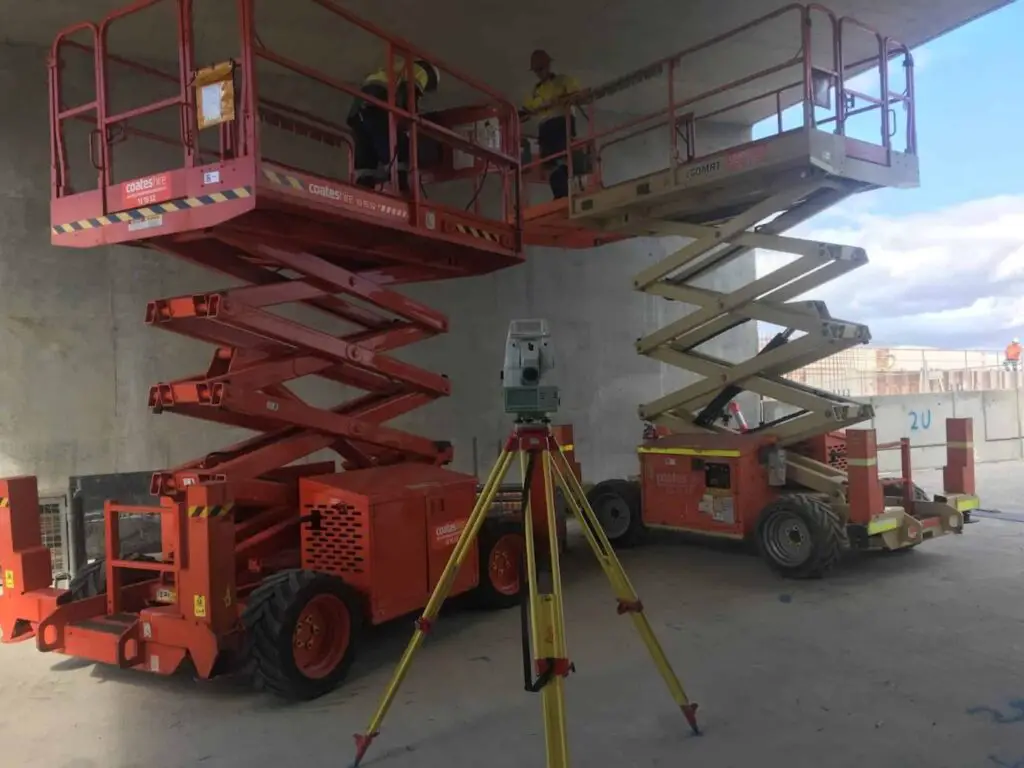
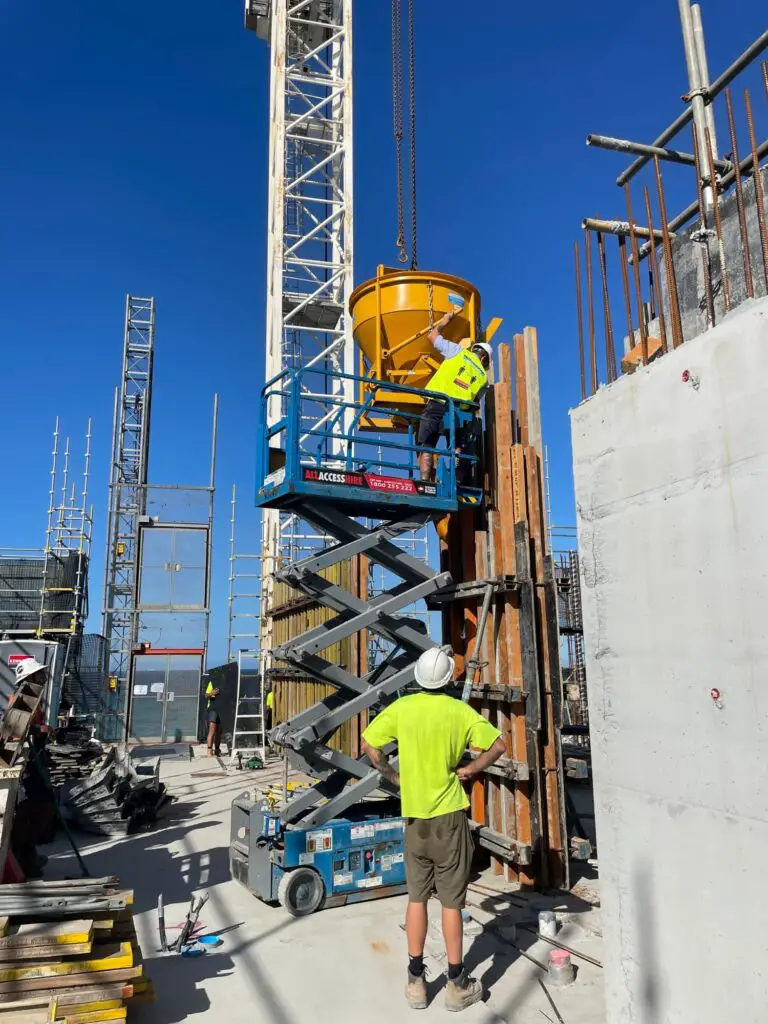
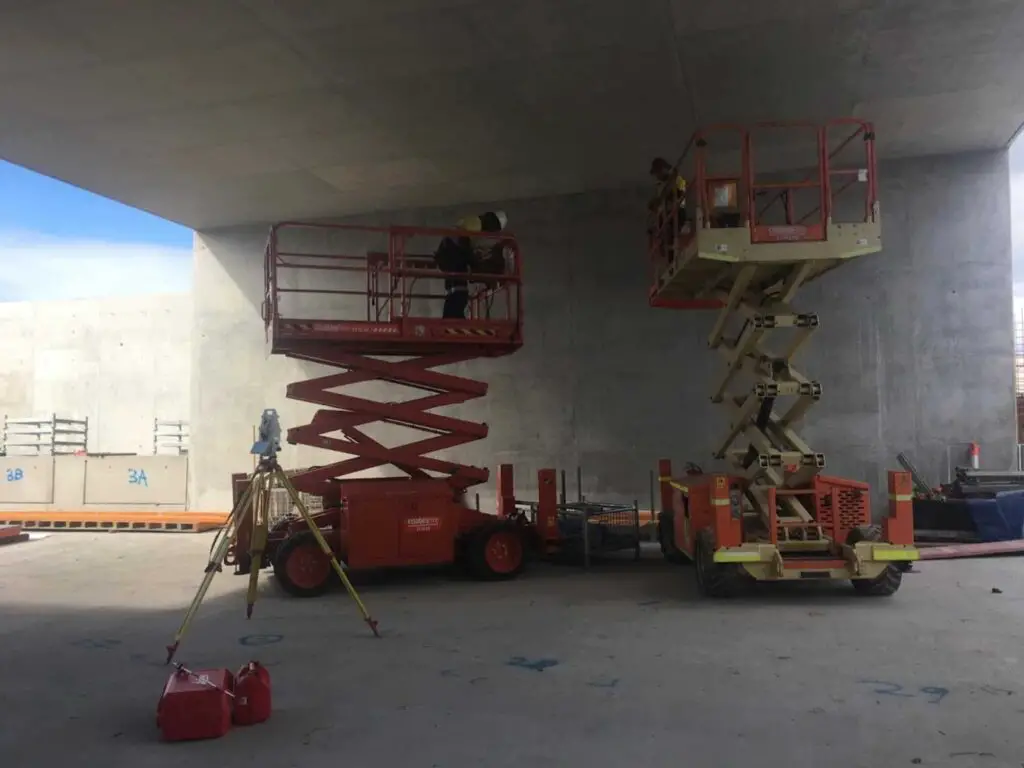
21. Water Truck
On all earthwork sites, if there is a lot of exposed dirt there will be problems with the wind blowing dust around on site. To stop this from happening and to suppress the dust from being airborne, sites will have a water truck water down any durst surfaces or stockpiles.
If there is a lot of dust blowing around on site, this could pose a health and safety risk to workers. By suppressing the dust it helps maintain air quality and visibility.
On sites where there are a lot of dirt tracks such as mine sites, a water truck will be going around the site constantly watering down these tracks to keep dust from becoming airborne and prevent erosion.
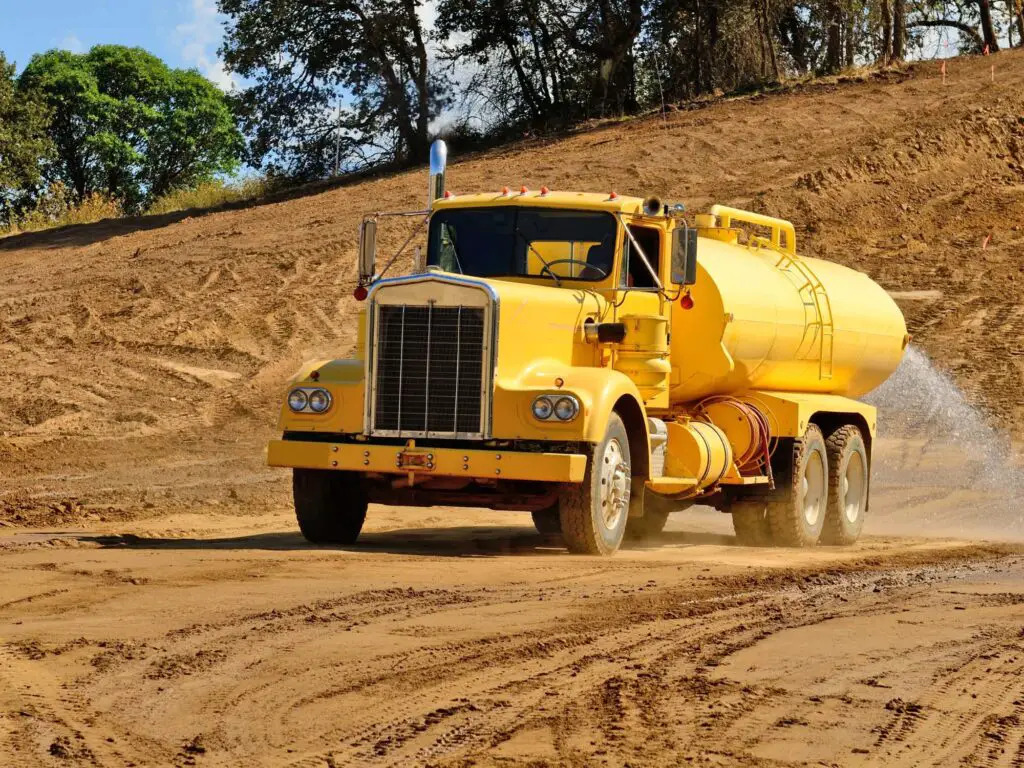
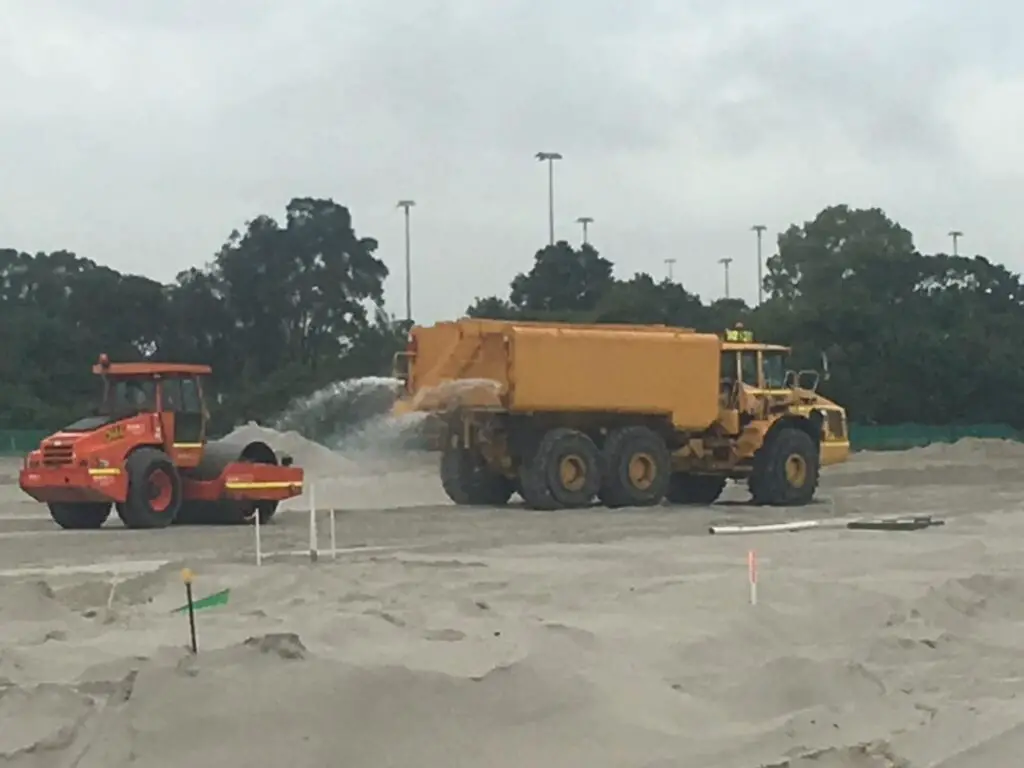
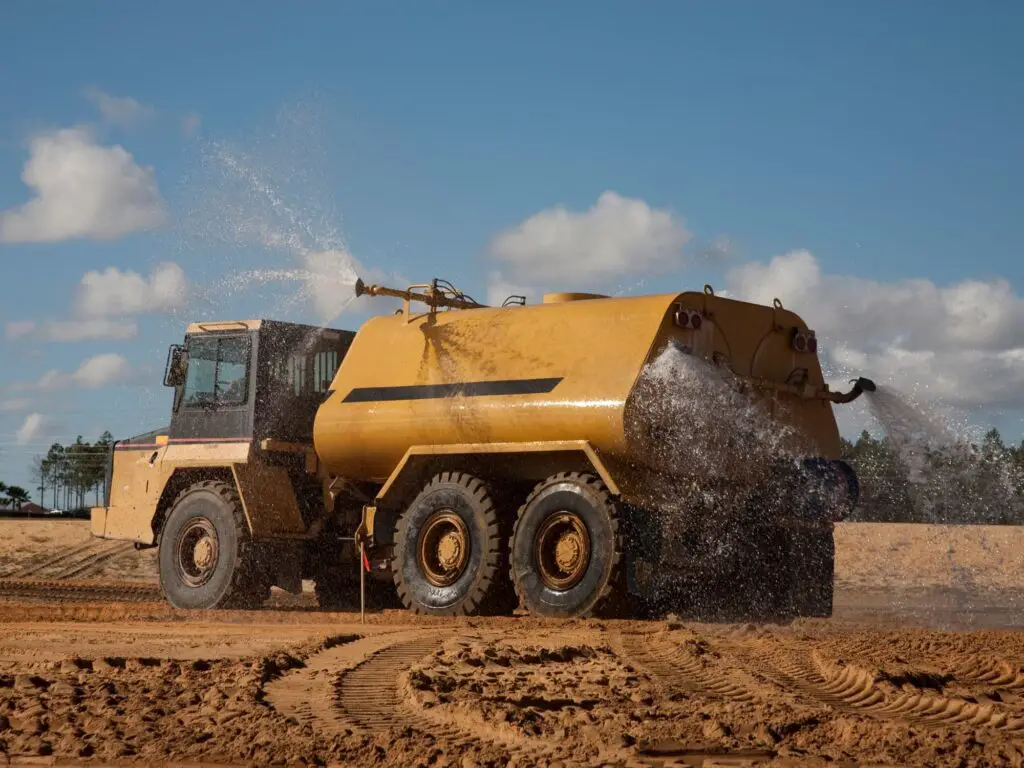
22. Skid Steer
Skid steers are compact machines that are used in construction, landscaping, and agriculture. There are a variety of attachments that make it a versatile piece of machinery. Tasks that it can do include digging, grading, lifting, and transporting materials and equipment around the site.
Skid steers can have either wheels or tracks.
The wheels on the skid steer do not turn, instead, they can only drive forwards or backwards. The skid steer is able to turn around in tight spots by driving one side of the wheels forwards, and the other backwards, skidding and dragging it around.
The types of attachments that be fitted on a skid steer include:
- Bucket,
- Auger,
- Leveling plate,
- Cold planers,
- Dozer blade,
- Ripper, and
- Trencher.
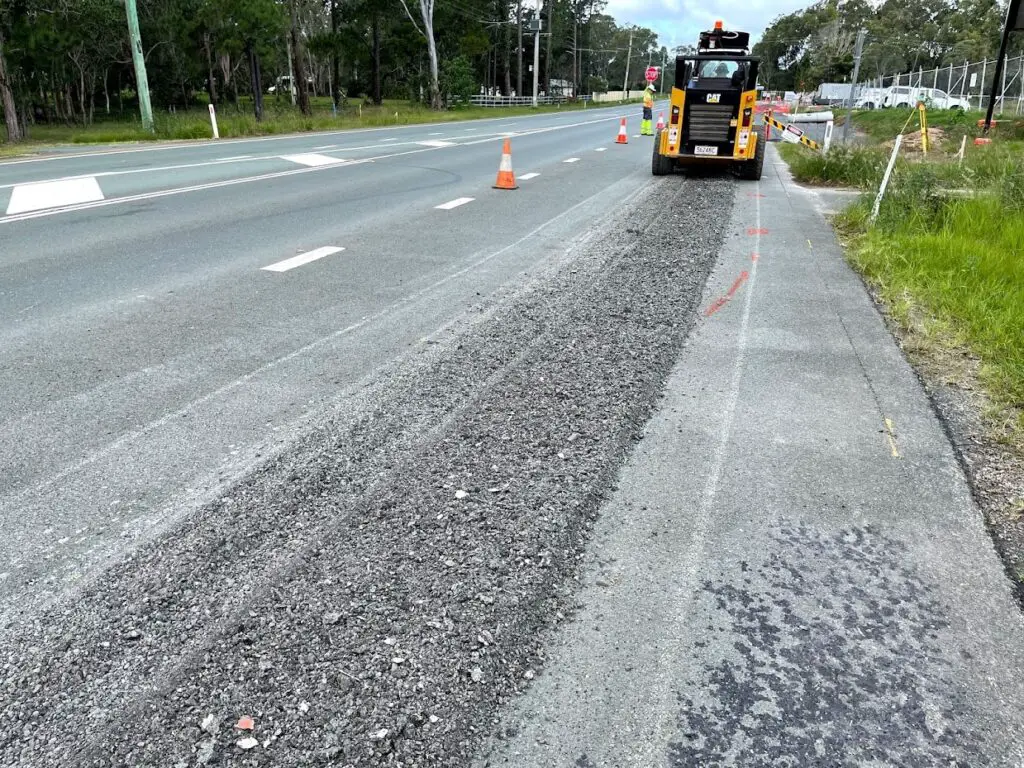
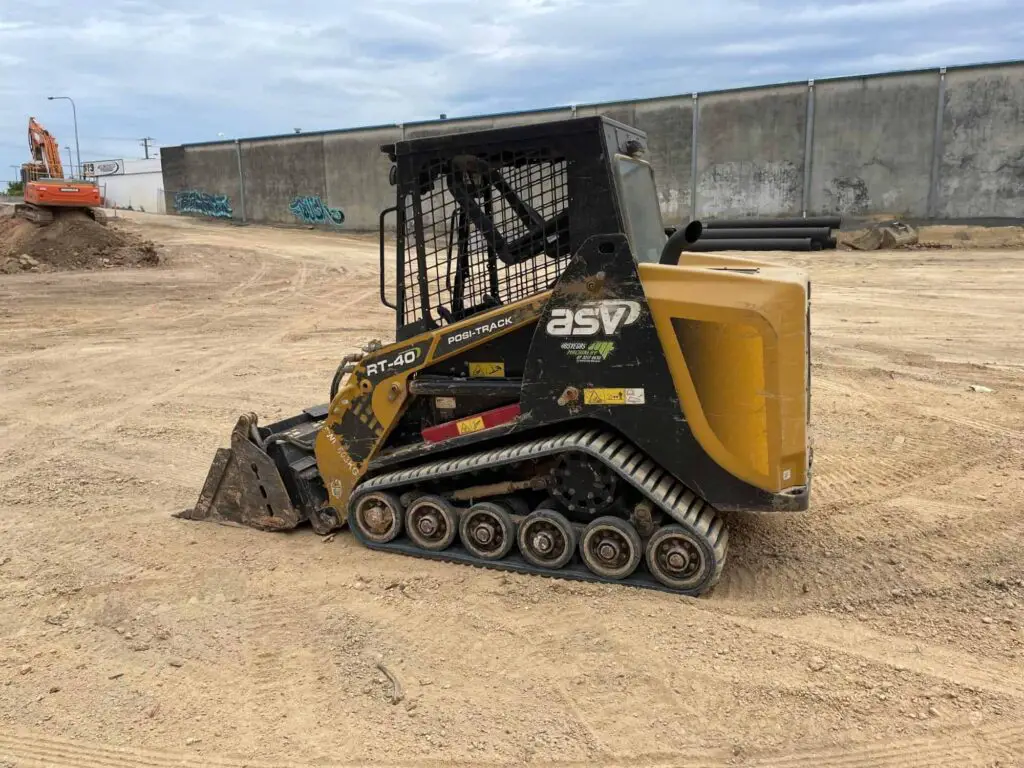
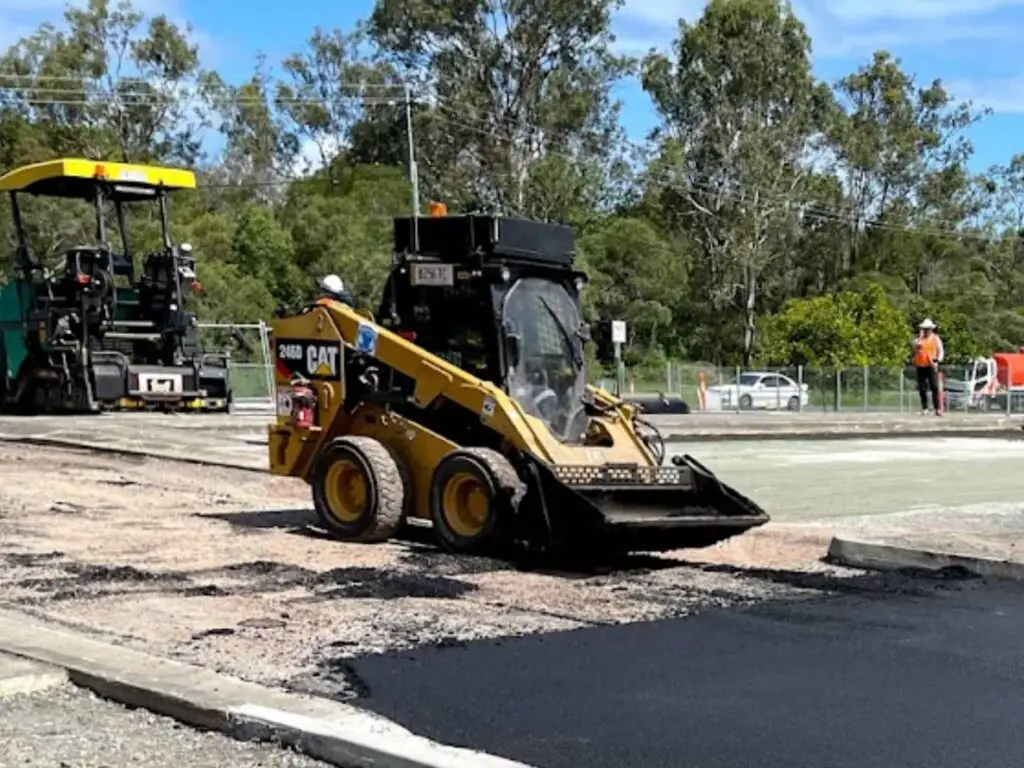

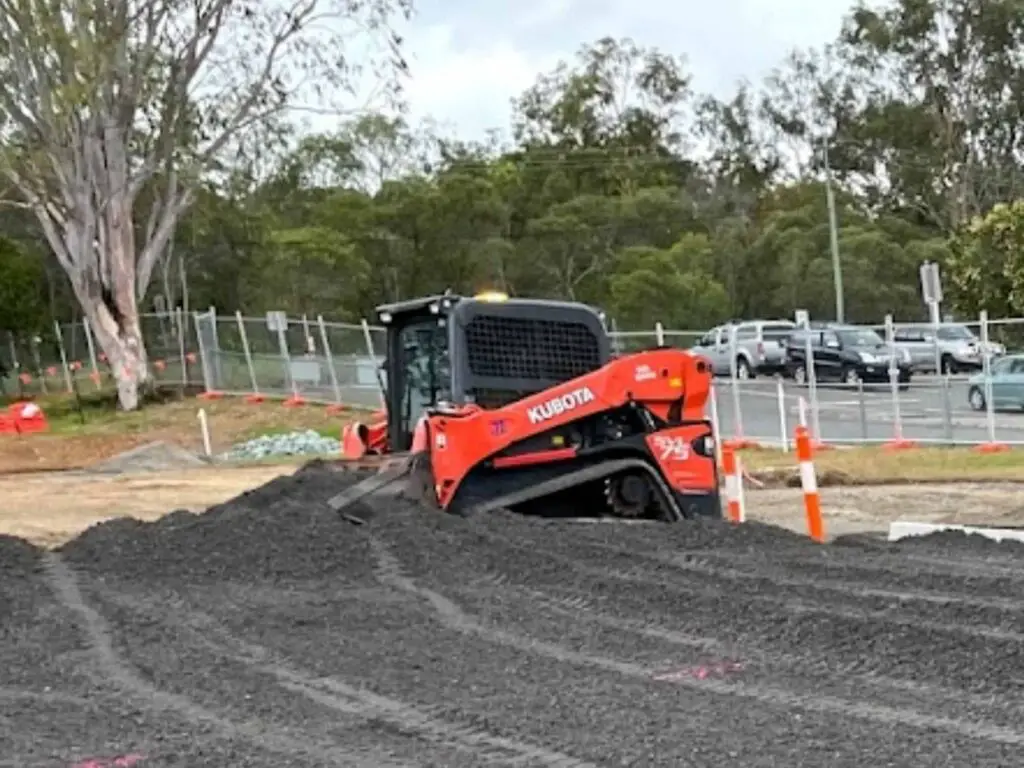
23. Screen Machine
Screen machines are used to sort and separate materials of different sizes on site. Commonly screen machines are used to separate rocks from dirt and to sort different sizes of rocks.
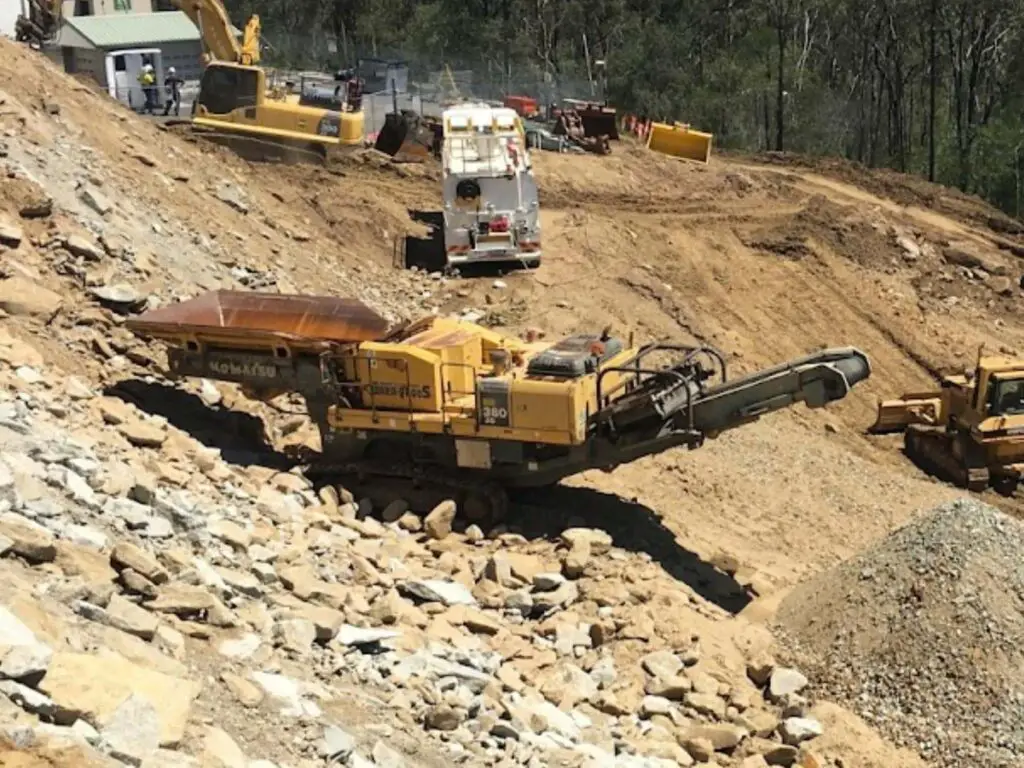
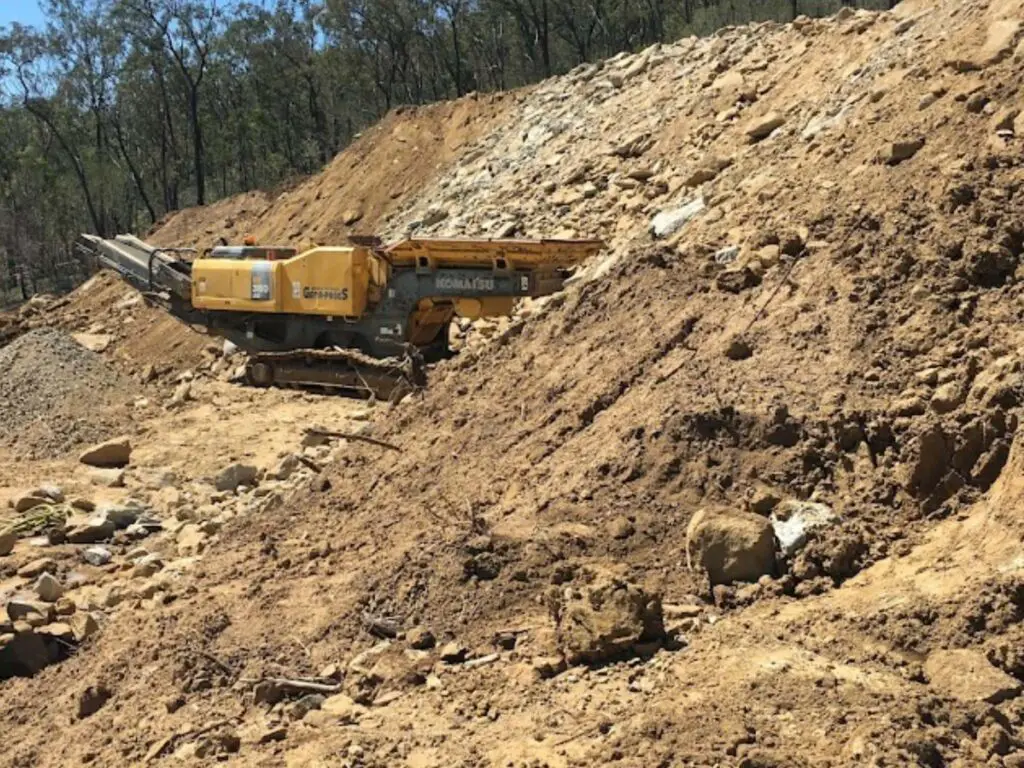
24. Self Propelled Modular Transporter (SPMT)
Self propelled modular transporters (SPMTs) is very specialized transportation equipment that is used to transport modules built elsewhere both to a barge to transport it across water and from the barge to the construction site to be installed.
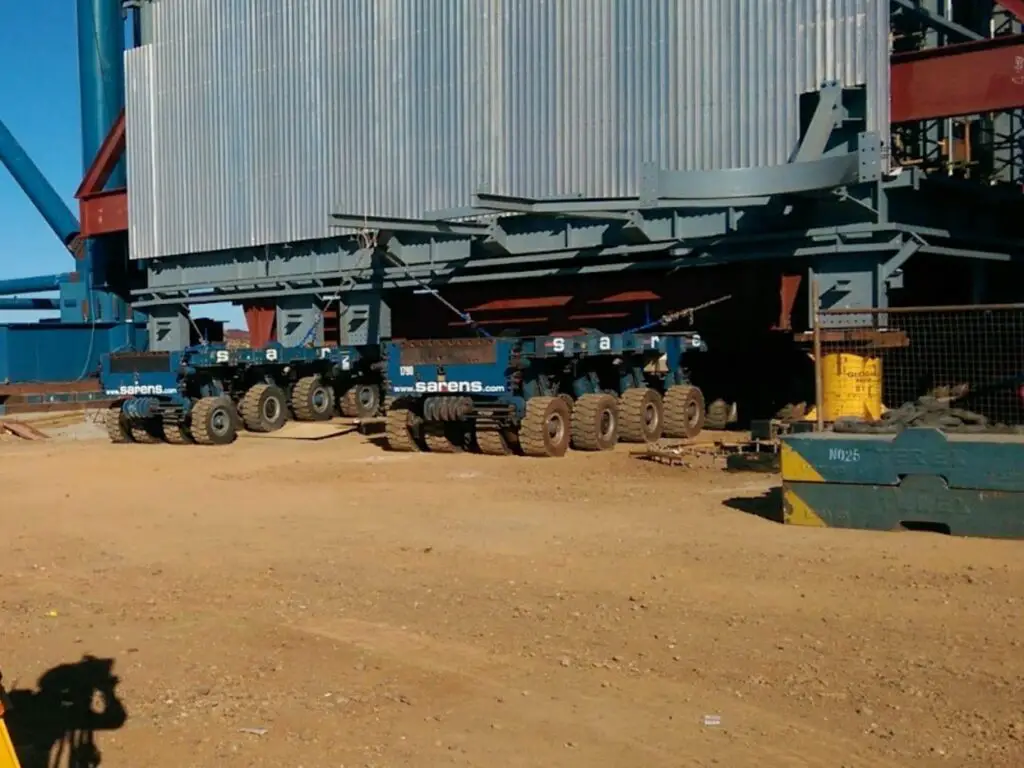
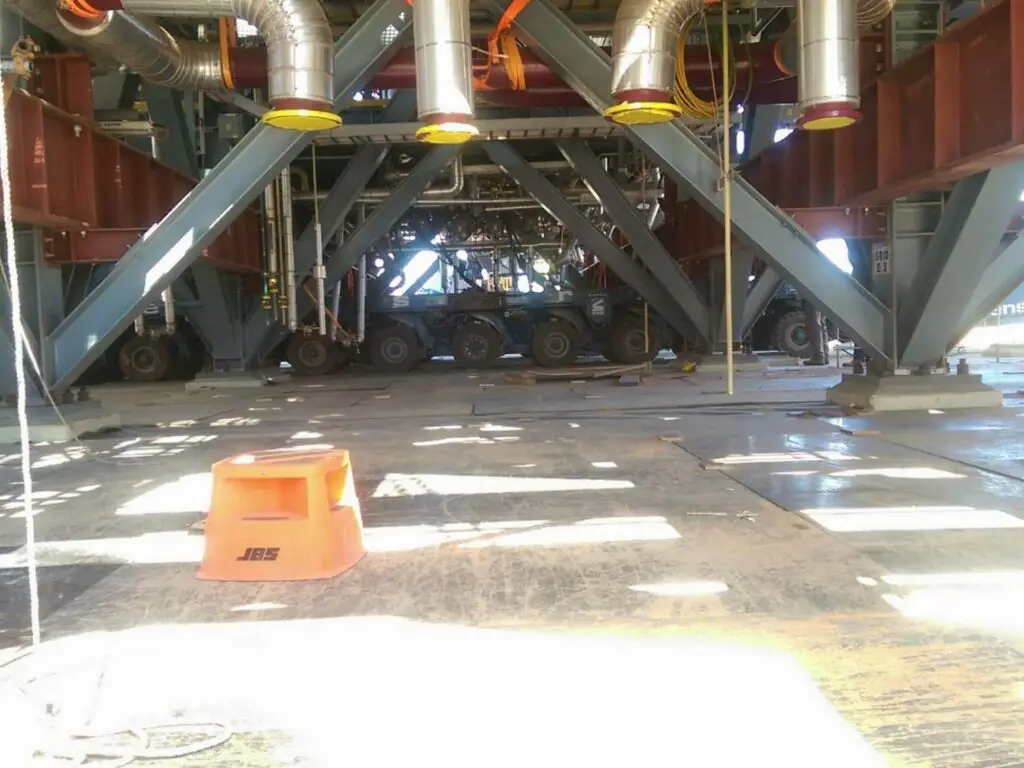
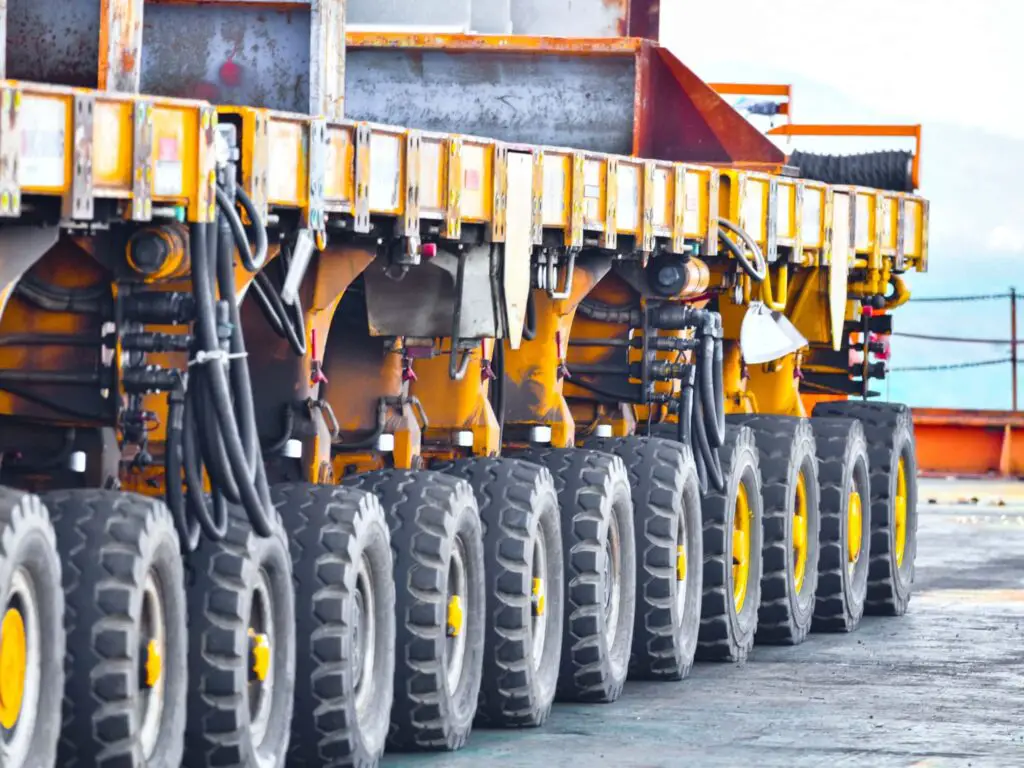
25. Fuel Truck
Without diesel, mining and construction sites would stop operation. Fuel trucks transport diesel around sites directly to the equipment that needs it. This saves time and money as the downtime for the heavy equipment is reduced as they do not need to travel elsewhere to fuel up.
